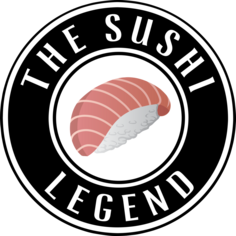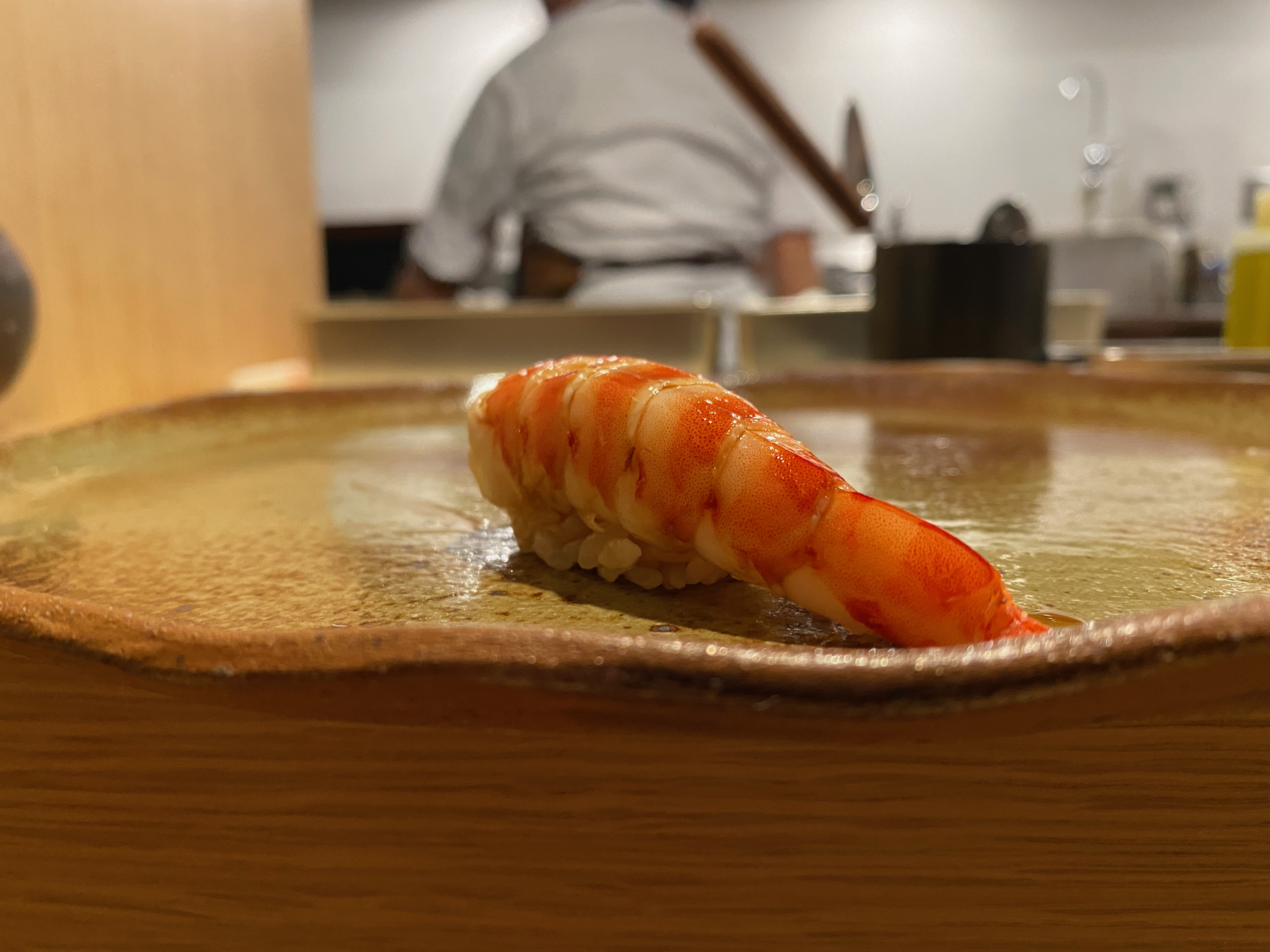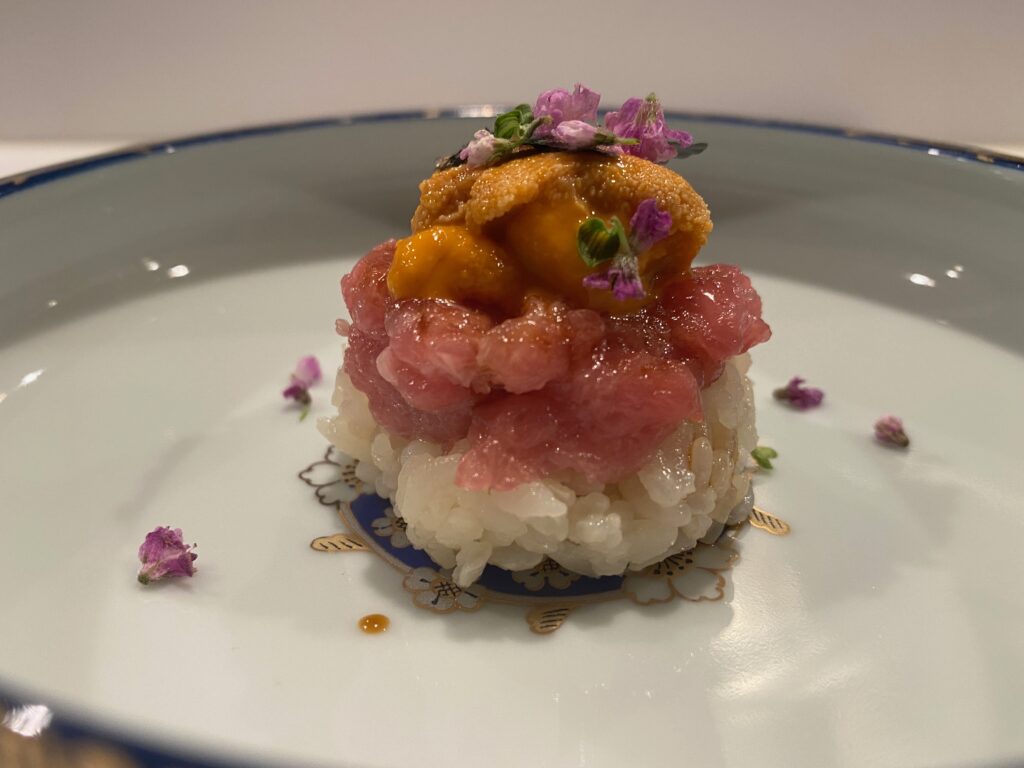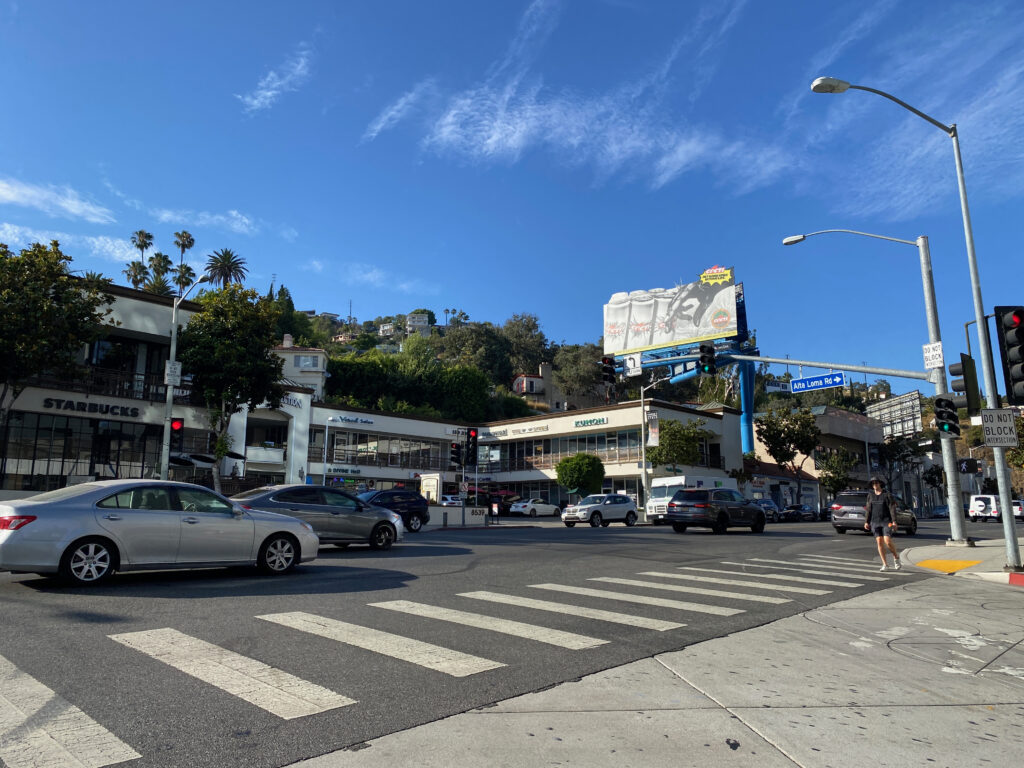Welcome to the centre of Los Angeles Sushi?
I wrote about the difficulty I have with deciding on sushiya in my Kanpachi review, but Morihiro was easy.
Even a brief dive into the Los Angeles sushi scene, and you’ll come across the name of Morihiro Onodera. A legend at Sushi Hiro for many years, Mori-san opened Morihiro with a few partners during COVID.
And by “opened”, I truly mean it: he spent countless hours hammering nails, building shelves and constructing a beautiful temple in the heart of Glendale.
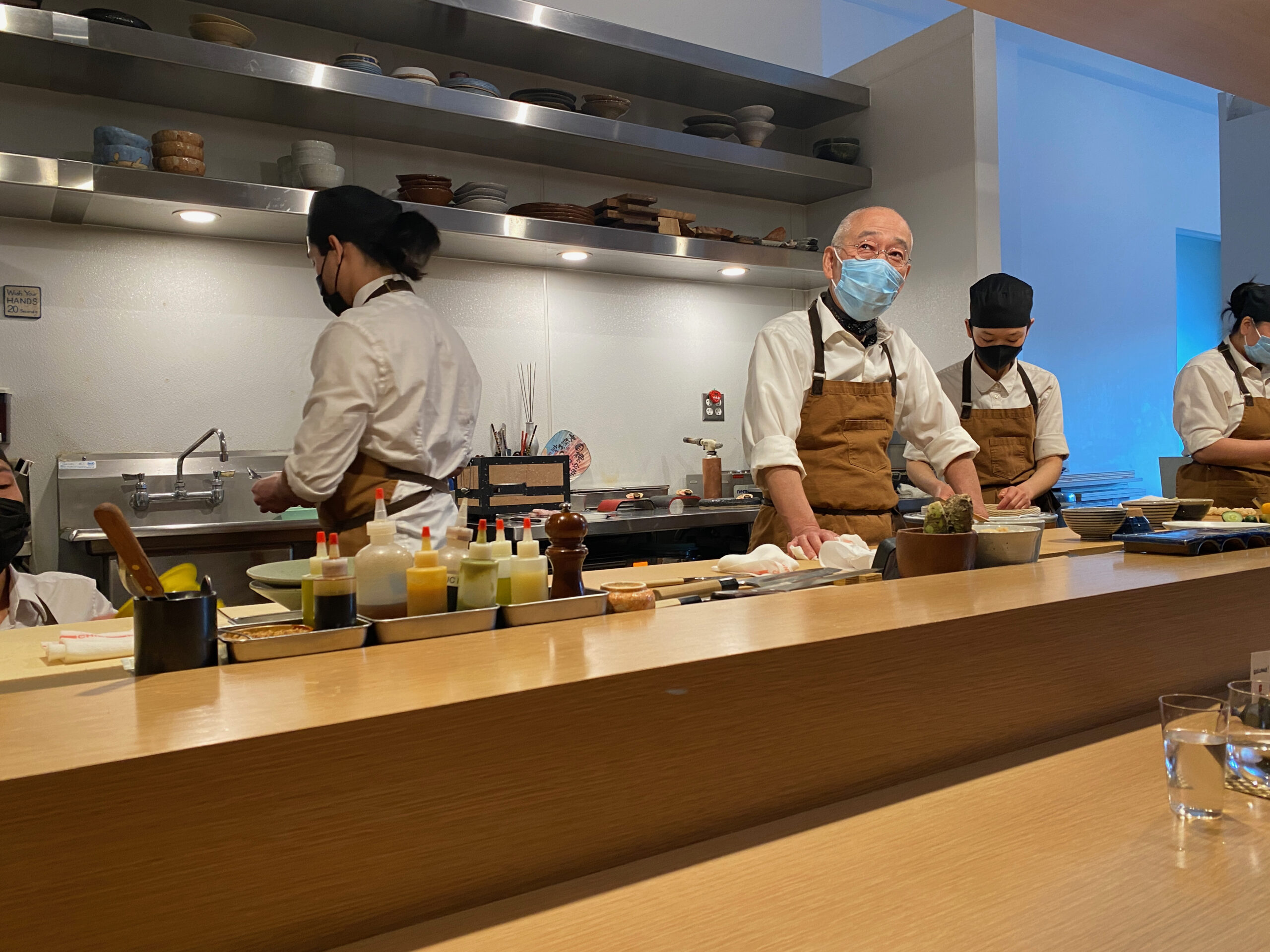
Mori-san presides
Harder though – much harder, in fact – is getting into the joint.
Morihiro offers 2 types of reservations for the 6 seat counter and 8 table sushiya:
- Omakase at the Sushi Bar for $350-$400
- Omakase at the table for $250
The table service is served platter-style, while the counter service is course-by-course with Mori-san himself forming the nigiri. So while the tables are fine, to truly experience eating with Mori-san, and despite the heavier cost, the counter is a necessity.
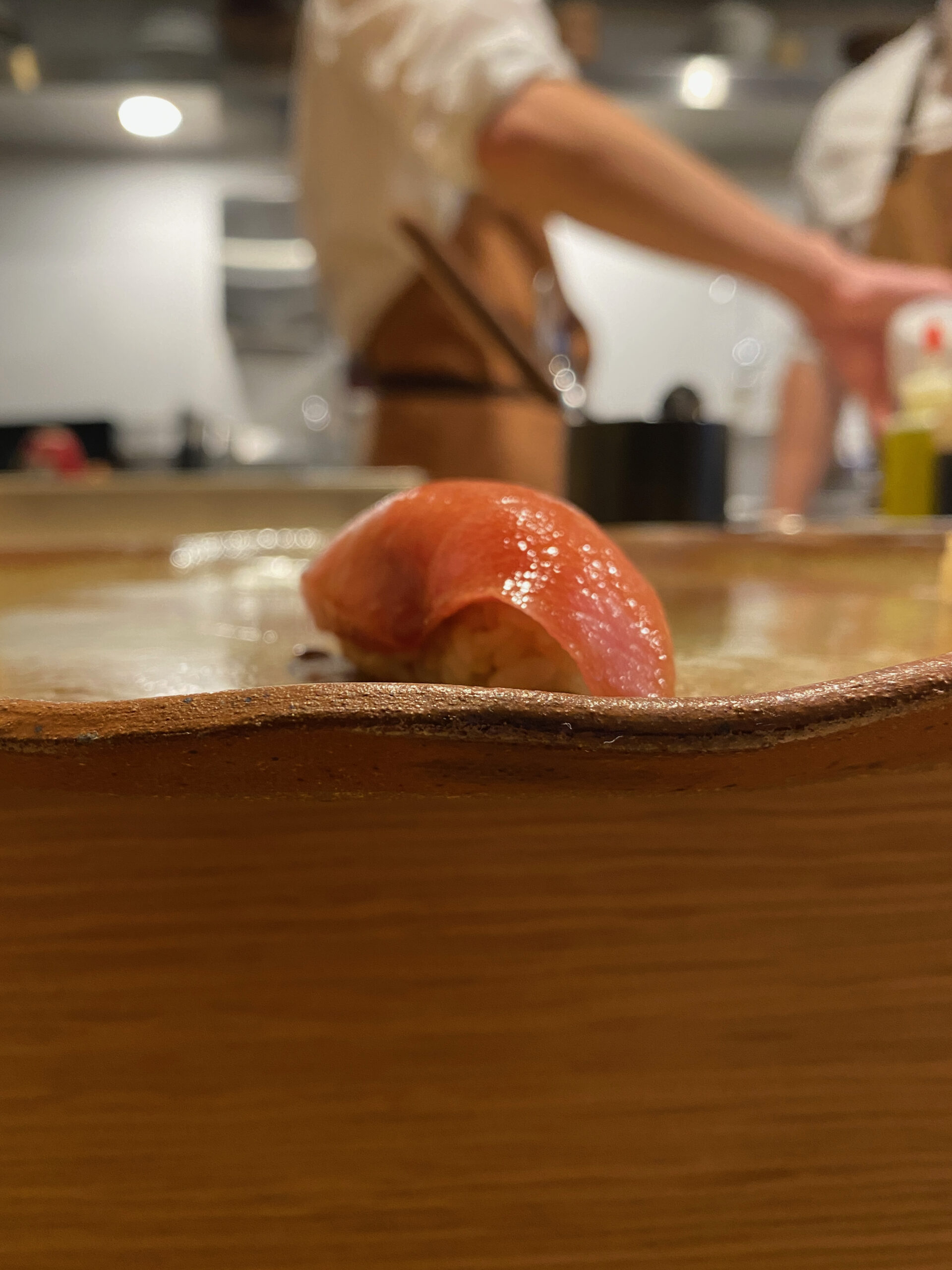
Unfortunately, the 6 seats are booked almost immediately upon release, meaning that for most people (like yours truly), it’s the waiting game to get a reservation.
I had success checking a week before my desired date, since that’s when reservations fully guarantee with no refunds. Most people intending to cancel their booking will do so then.
But it’s worth it. The tables seemed acceptable for a larger group, but light on atmosphere. A quick check of google reviews substantiates that view.
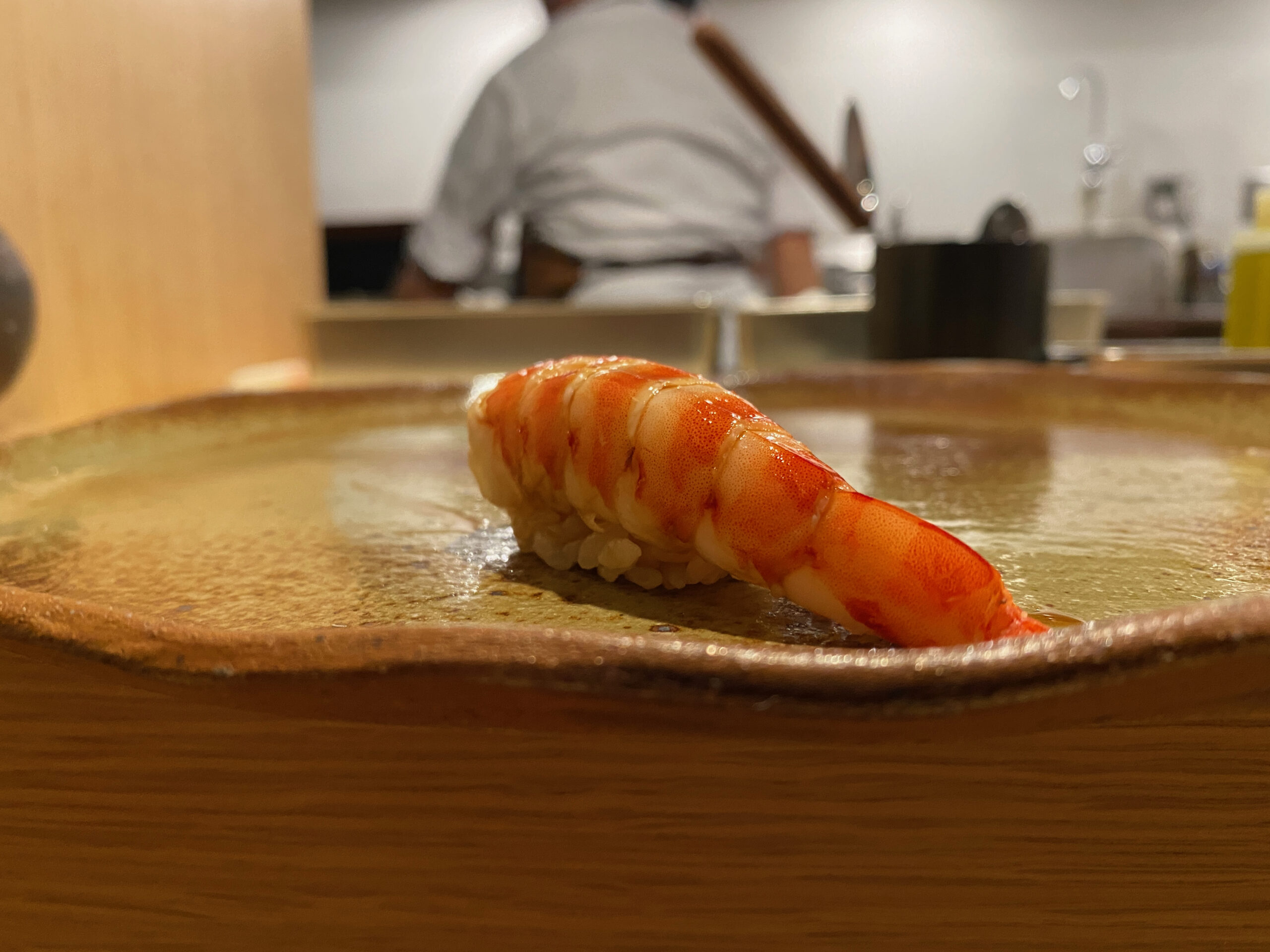
True story – there’s one table (and if you’ve been, you’ll know which) that’s basically in the kitchen, with only partial views of the sushi counter. You know how sports teams sell certain tickets as “obstructed view”? That’s necessary here.
The counter is beautiful
Morihiro-san presides over the counter, alongside 4 apprentices. Most of the time, he’s observing, teaching and adjusting. In some respects, sitting at the counter feels like a first row ticket to sushi school. A true treat.
The service is also fantastic. Each of the servers that come by are knowledgeable about everything from the fish to the shari (milled every morning! Straight from Iwate prefecture!). They even attempt my favourite trick – explaining the Shirako dish to customers without mentioning the word sperm. Truly impressive.
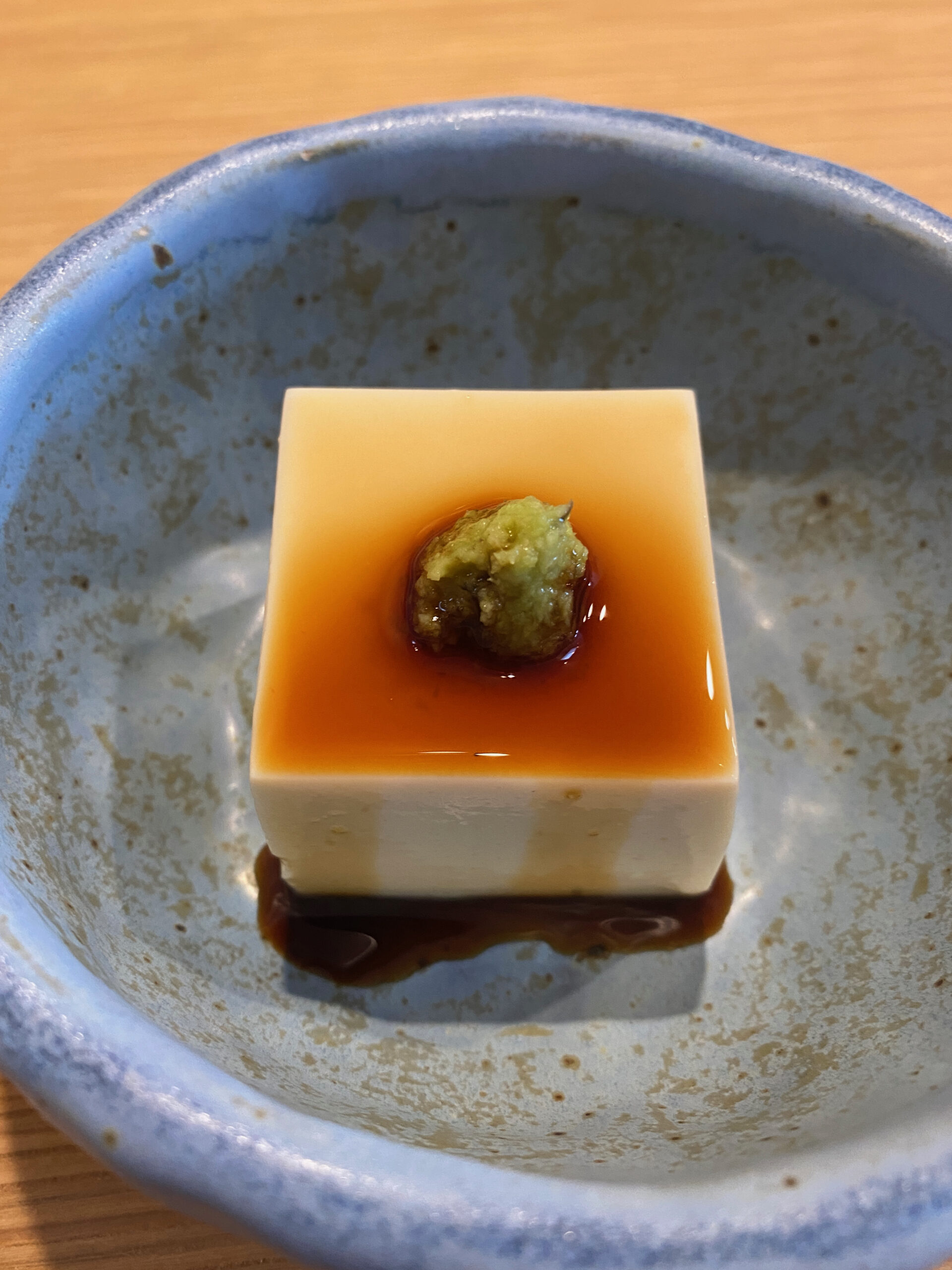
1: Silken Tofu w/shoyu and grated wasabi
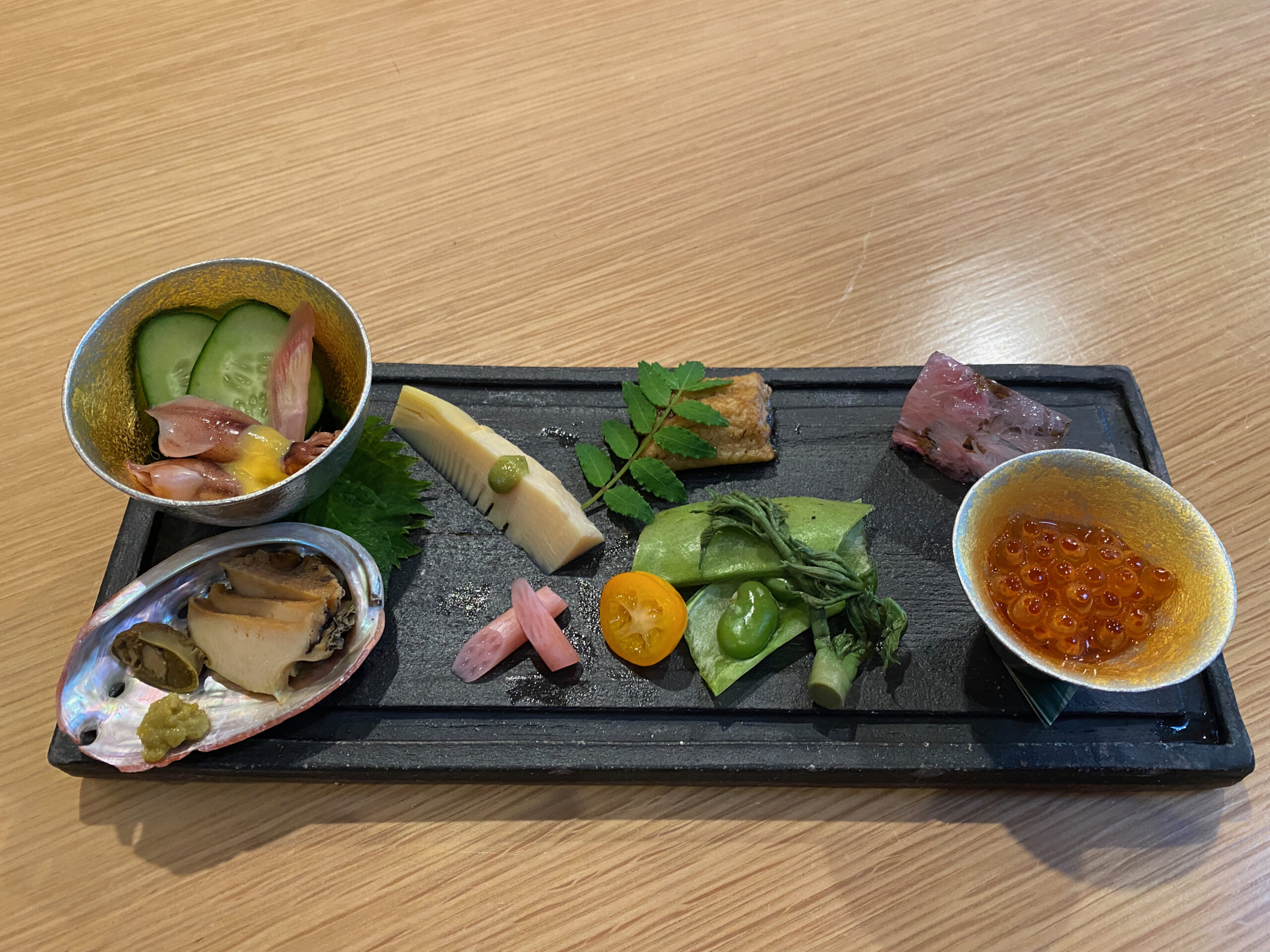
2: Seasonal Zensai – Far Left – Hotaru Ika, Baby Awabi with its own liver. Middle: Lotus root, Unagi. Far right: Ikura.

3: Shirako w/yuzu zest in dashi
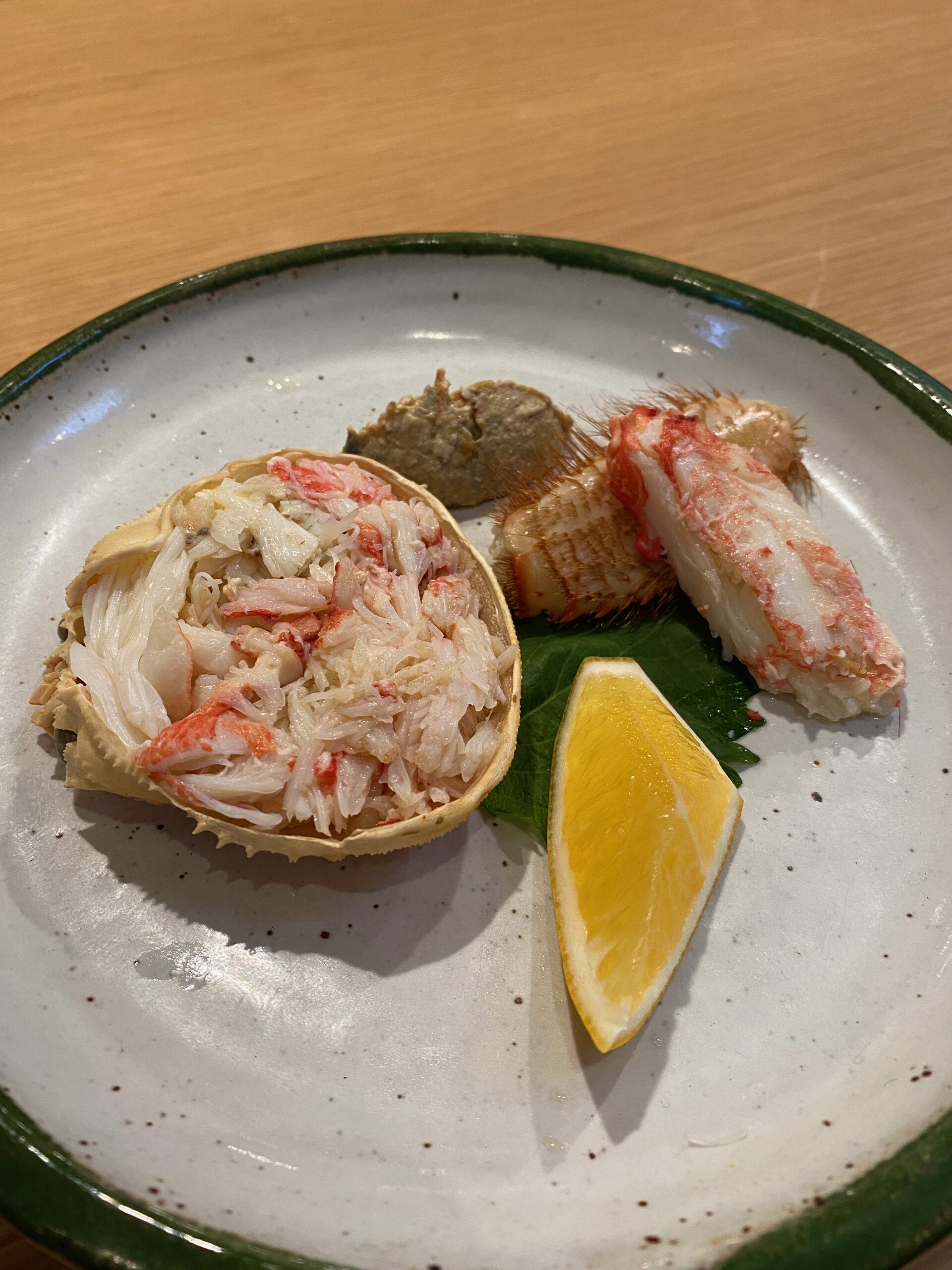
4: Kegani with its own innards up top
The staff at Morihiro is particularly excited by the Katsuo, and with good reason. Katsuo is in season twice due to migratory patterns – once in spring (when it’s leaner), and once in fall, when it’s nice and plump. This particular Katsuo (Hatsu-gatsuo, or the first of the season) from Chiba prefecture, was deliciously smoky.

5: Hatsu-gatsuo (first of season Katsuo/Bonito)
Slight disappointments
The next two courses were the only disappointments of the meal: first, the gold leaf on the Toro Tartare adds zero aesthetic and felt wholly kitschy. That said, the pine nuts mixed into the Tartare was an inspired choice. Absolutely delicious.
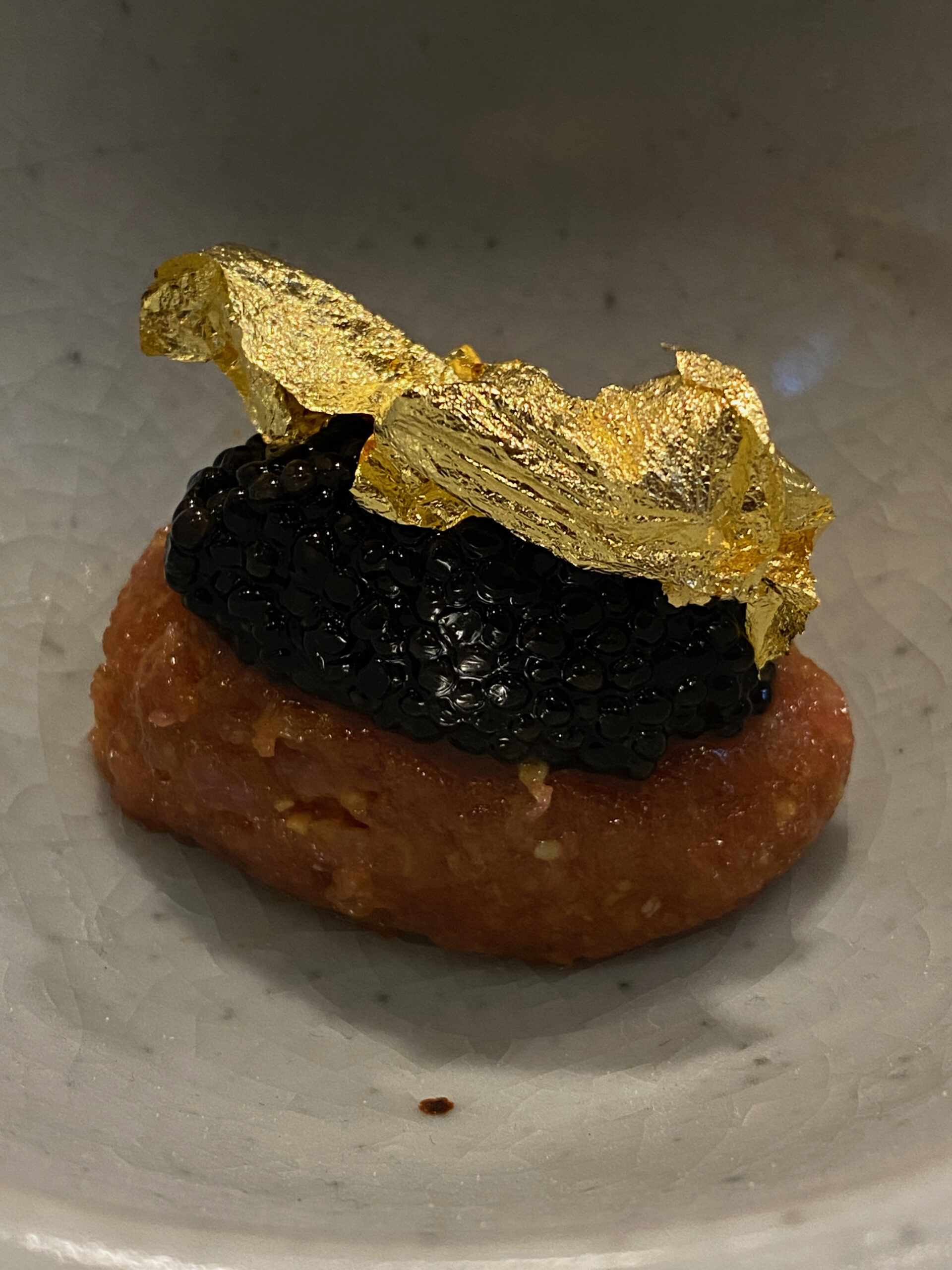
6: Toro “tartare” w/pine nuts, ossetra caviar and gold leaf (…)
The second disappointment? Nodoguro, a normally succulent fish that was served dry. I wasn’t clear on the cooking method, but whatever it was, the Nodoguro was likely left on too long.
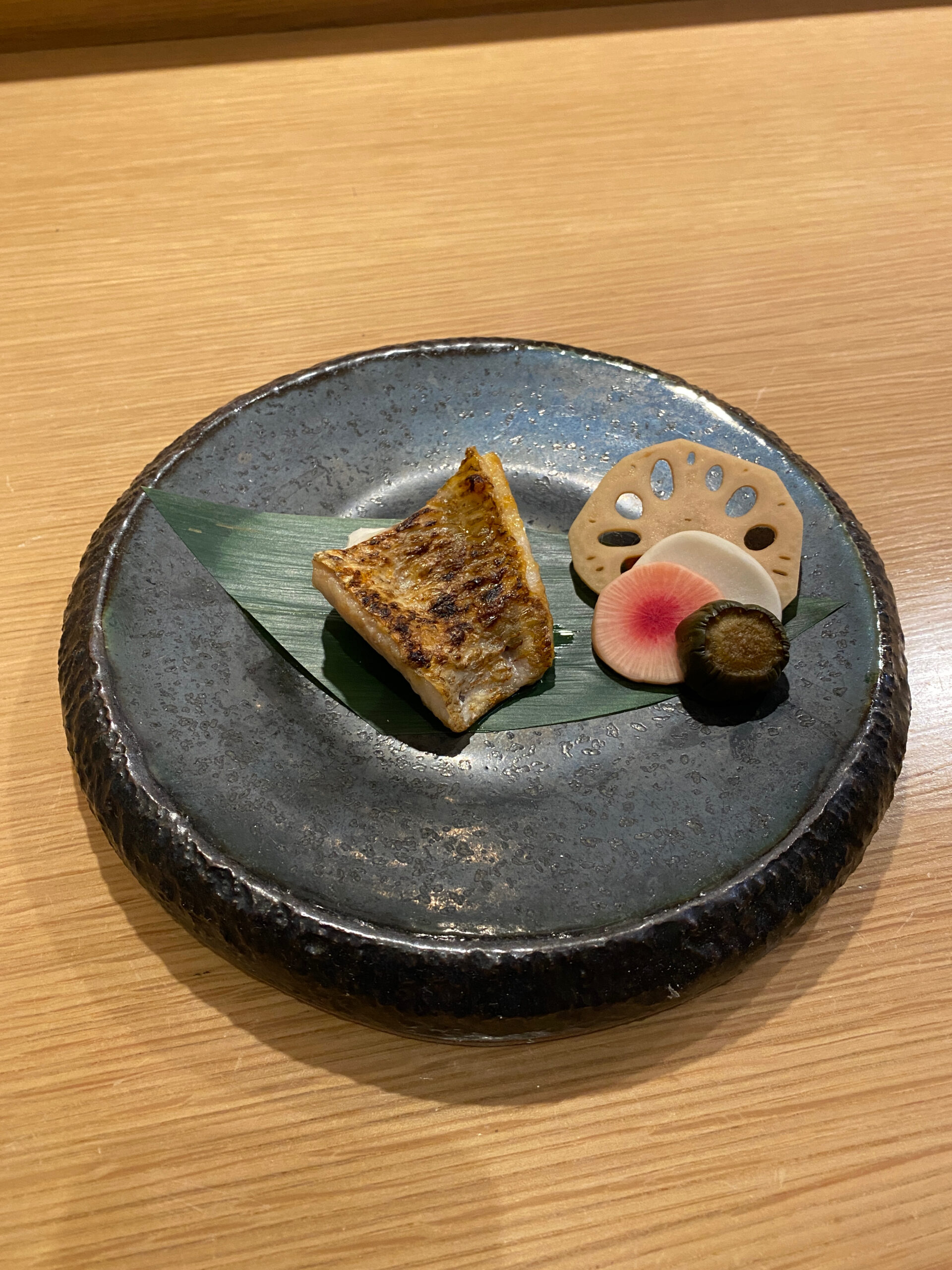
7: Grilled Nodugoro
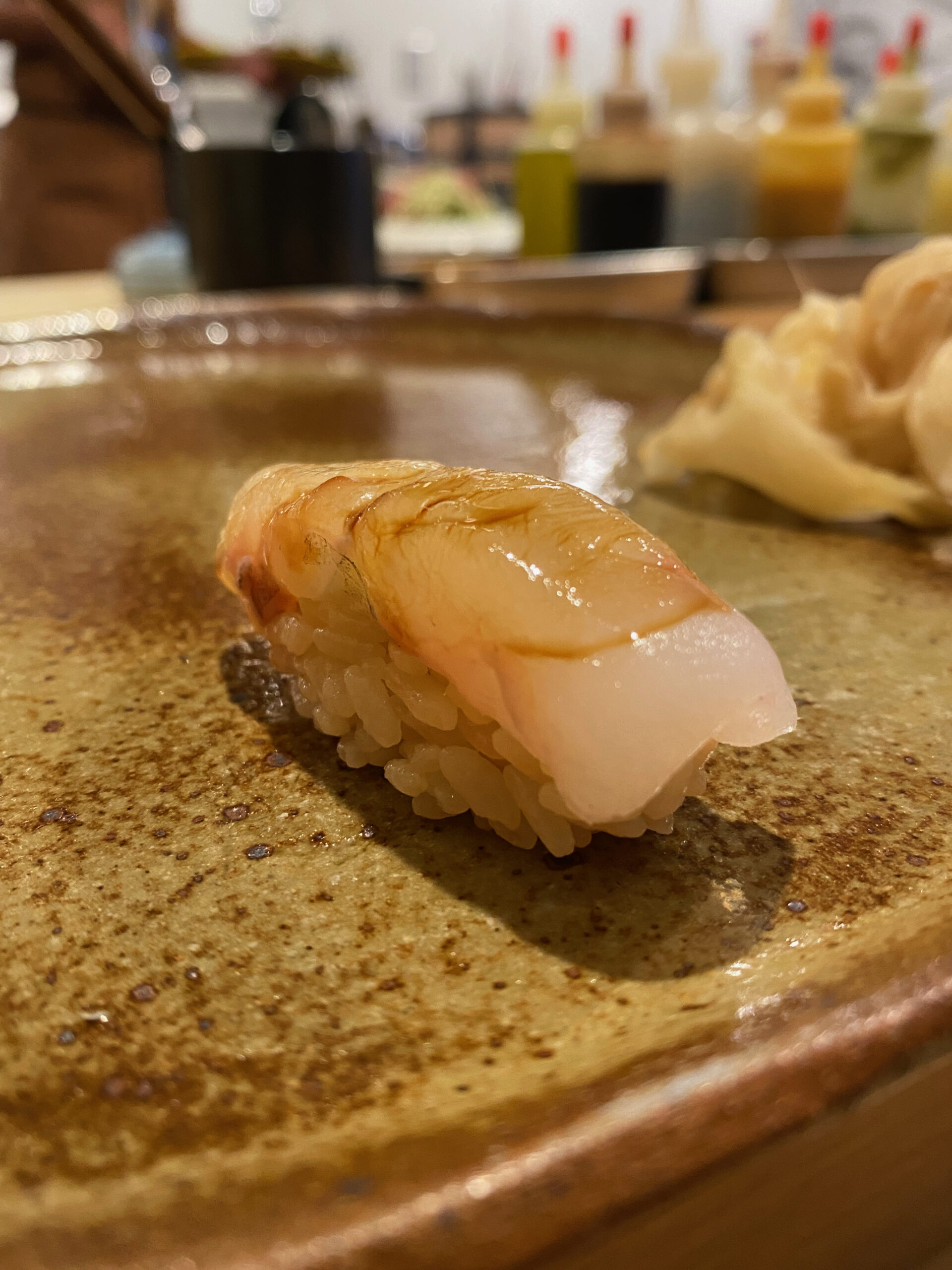
8: Hirame
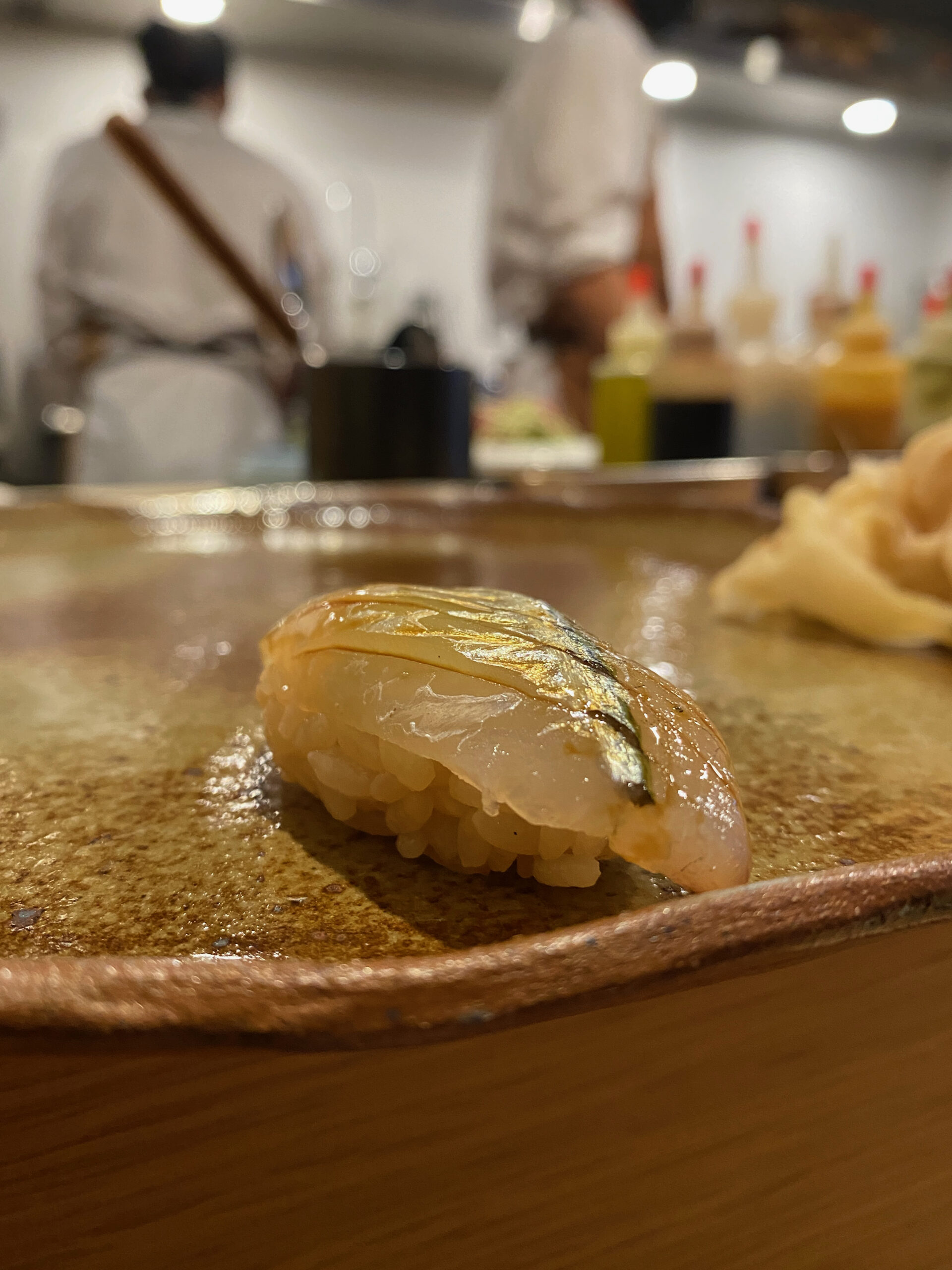
9: Sayori
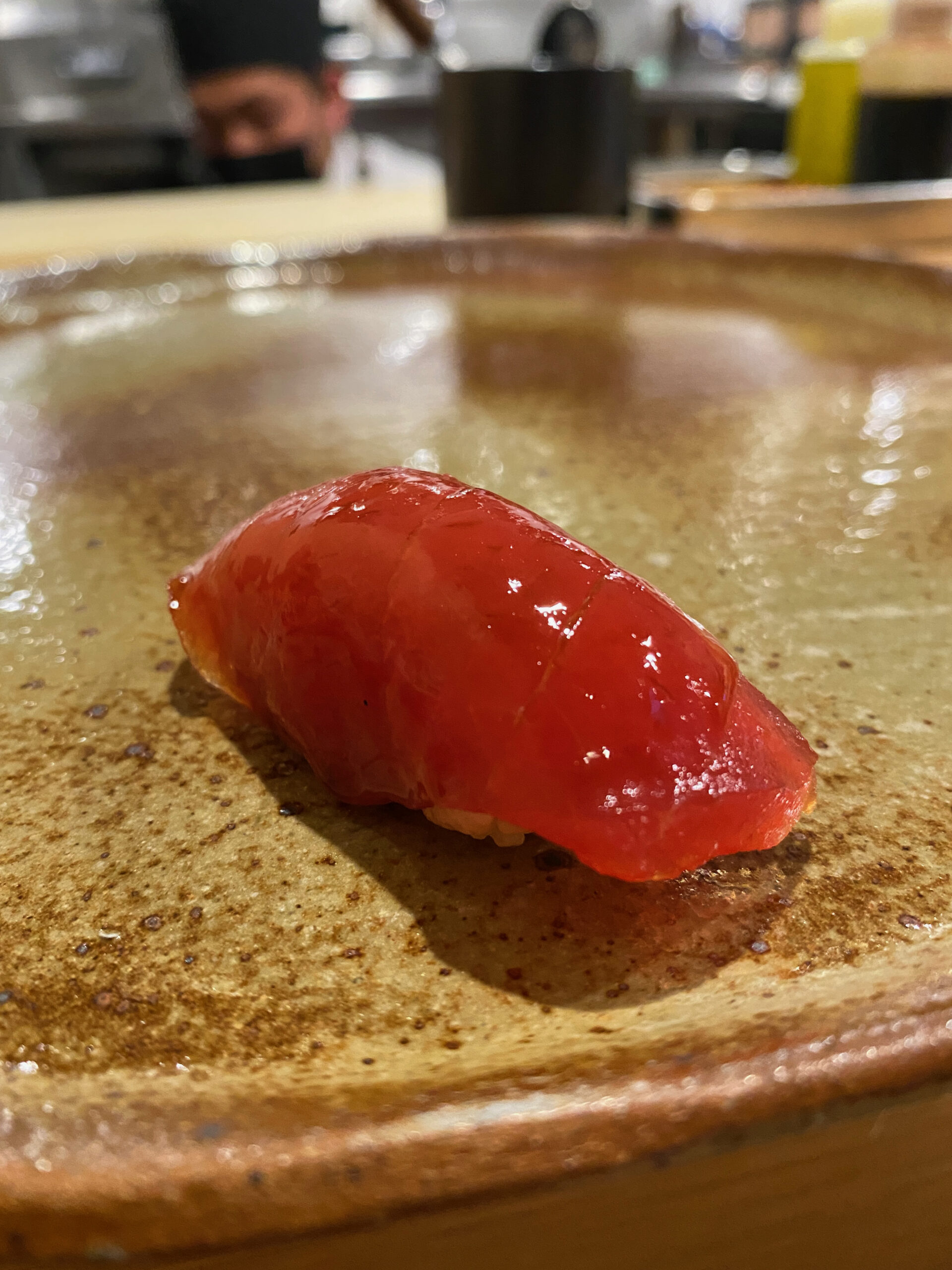
10: Akami
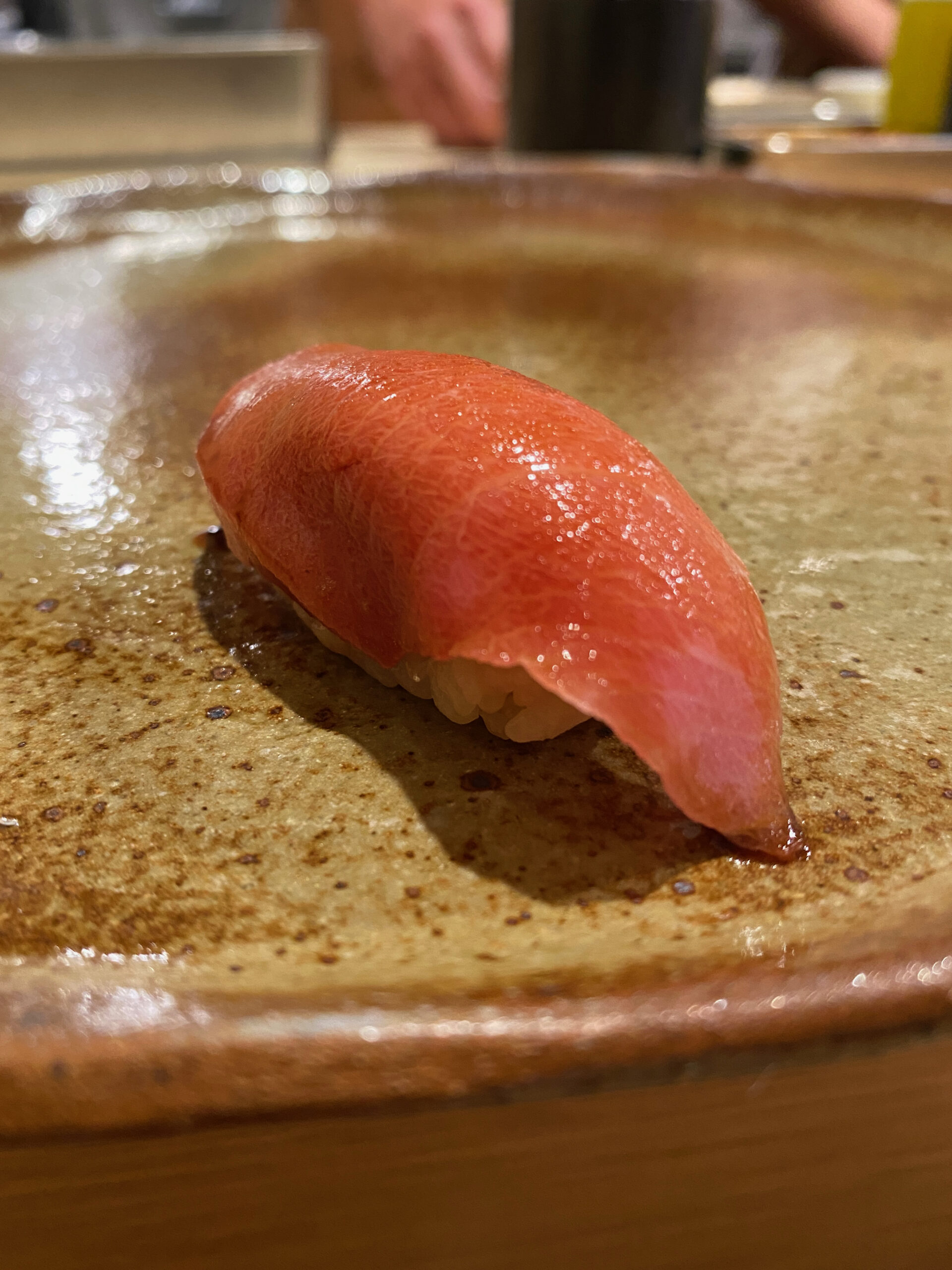
11: Chu Toro
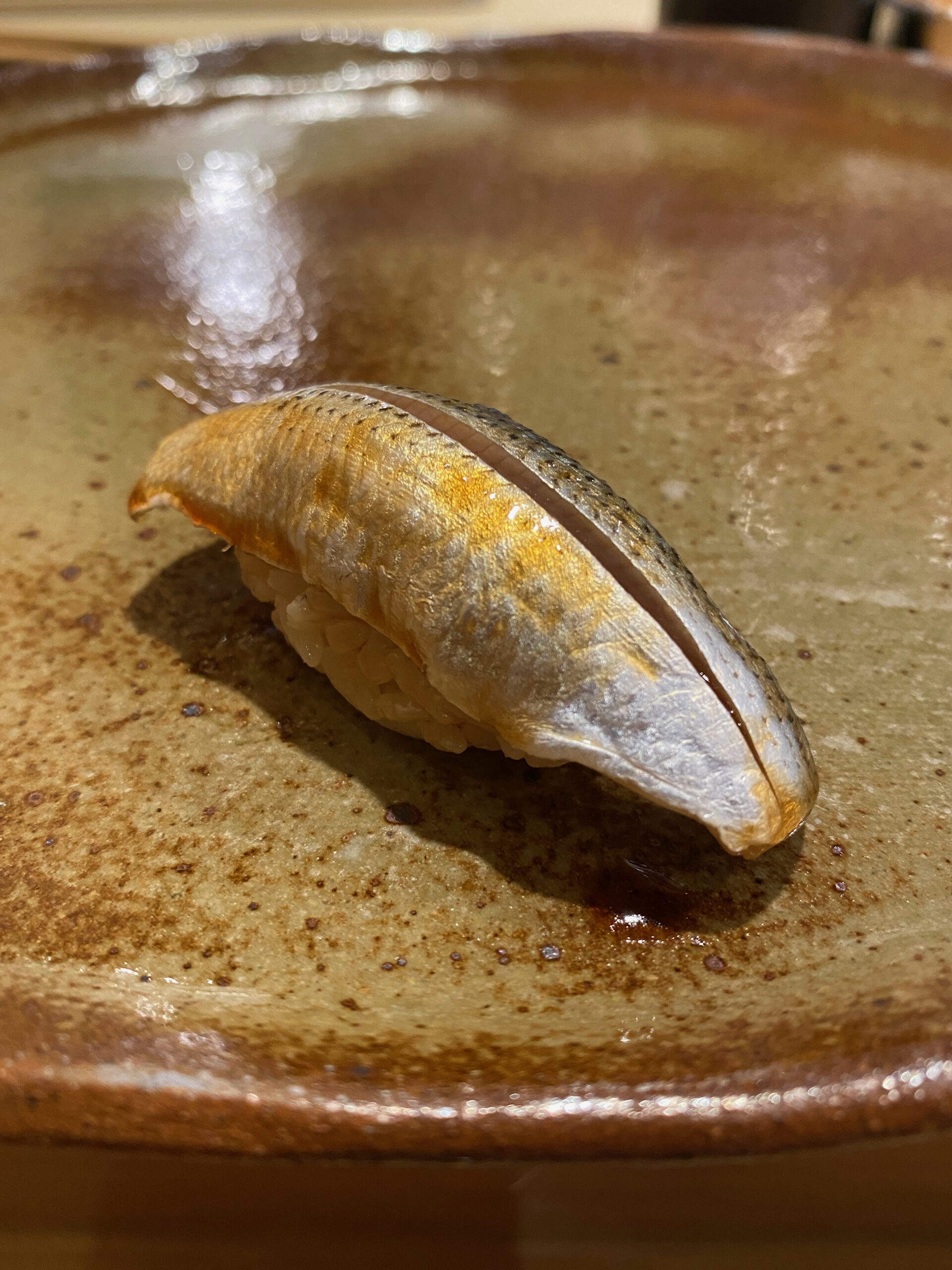
12: Kohada
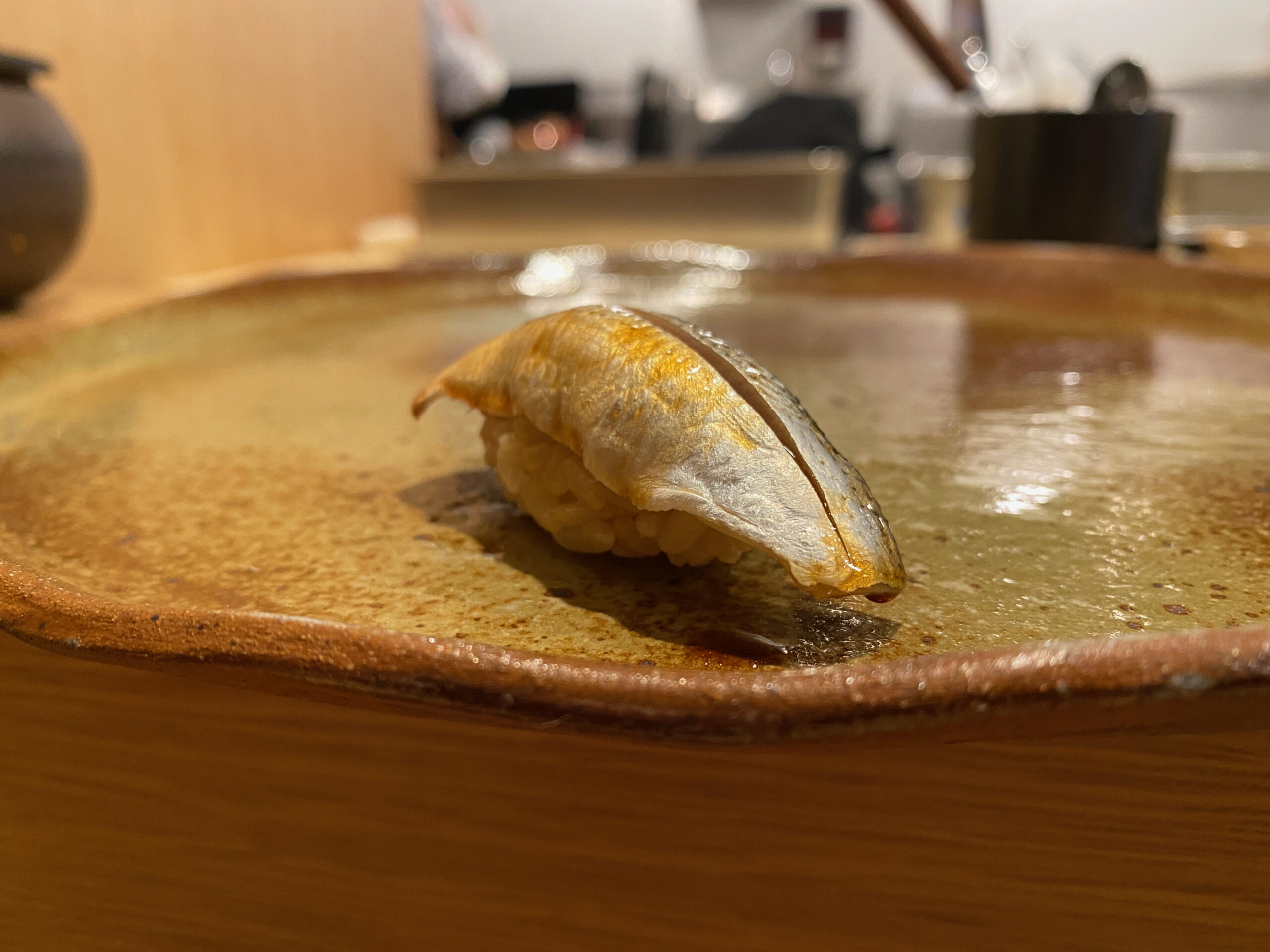
Another angle of the Kohada
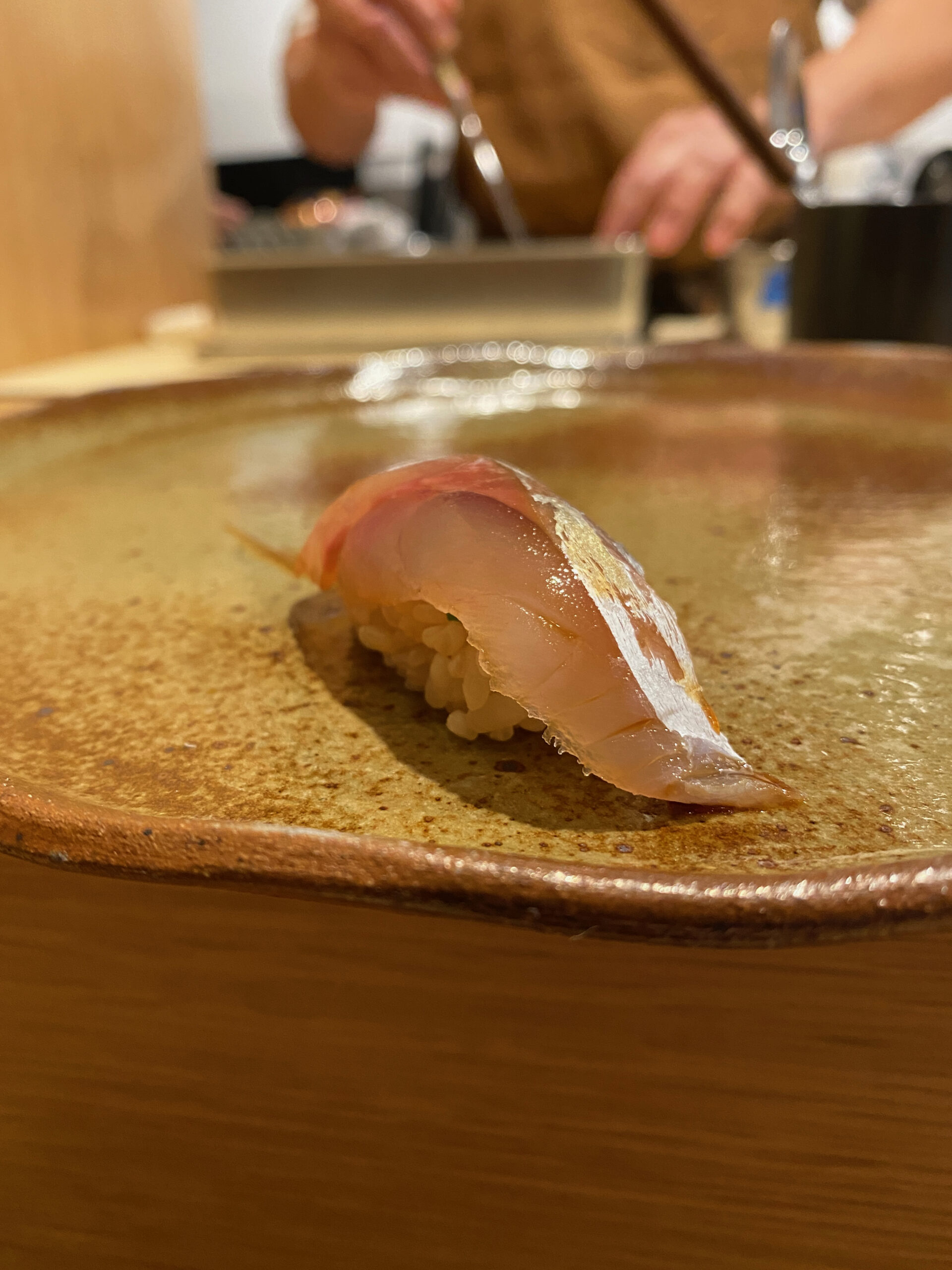
13: Aji
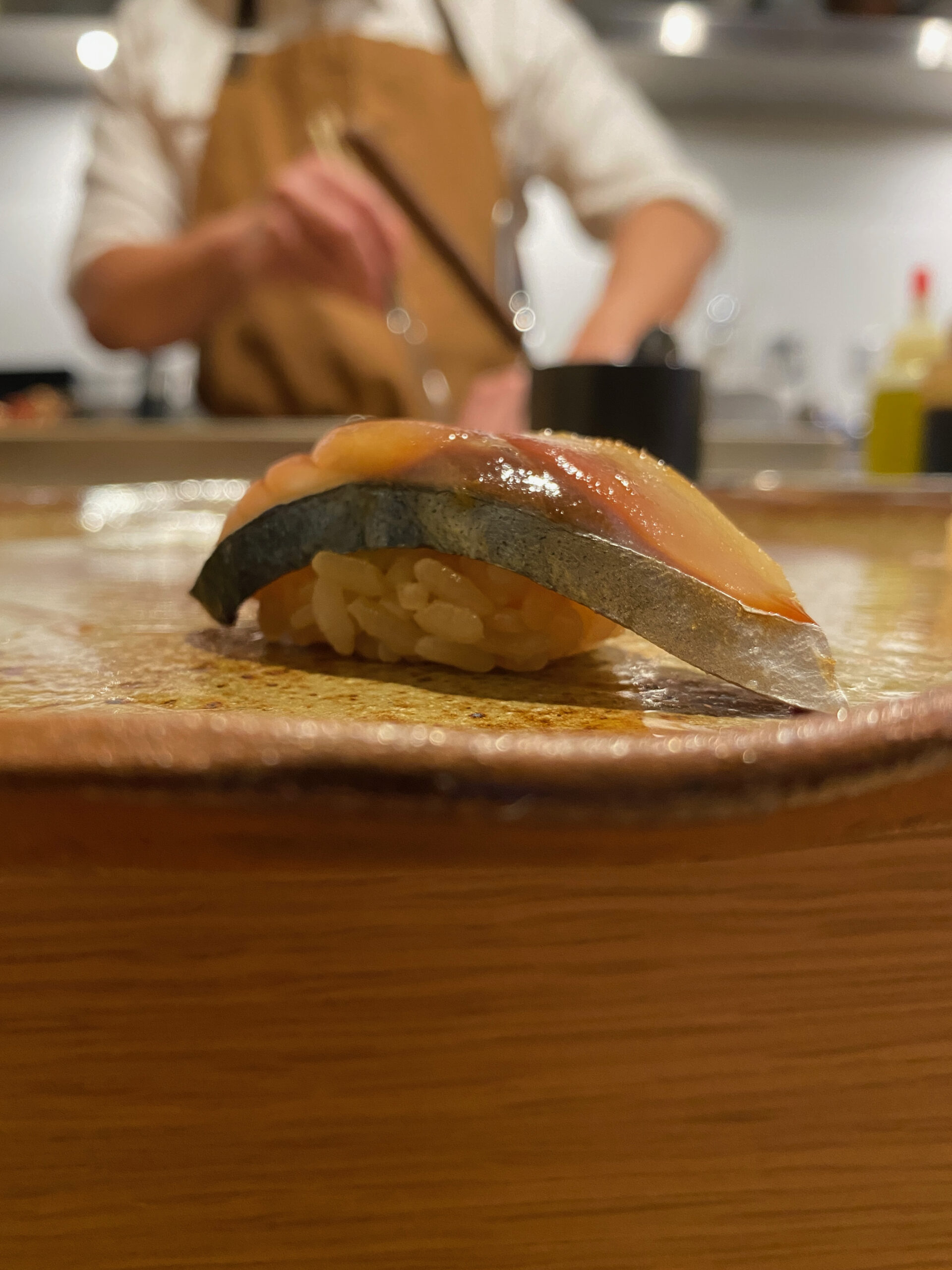
14: Saba
The nigiri shines
As you might expect with Mori-san and handpicked Shari he uses, the nigiri is outstanding. It doesn’t hurt that the Neta is sourced through Mori-san’s connections in Japan. Kensaki Ika, pictured below, is a great example of the premium supply chain that comes with an experienced Itamae like Mori-san.
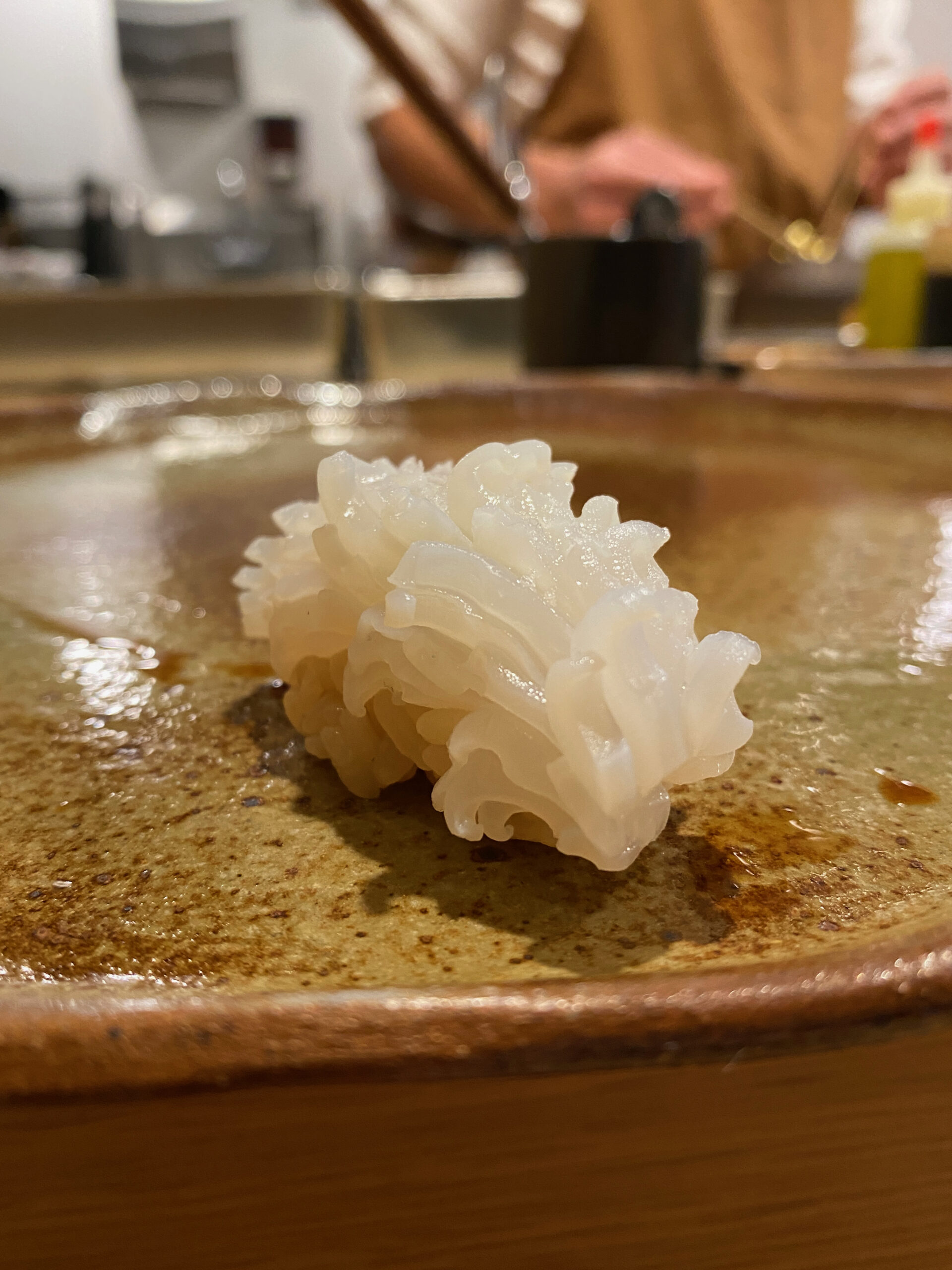
15: Kensaki Ika w/”lime zest”
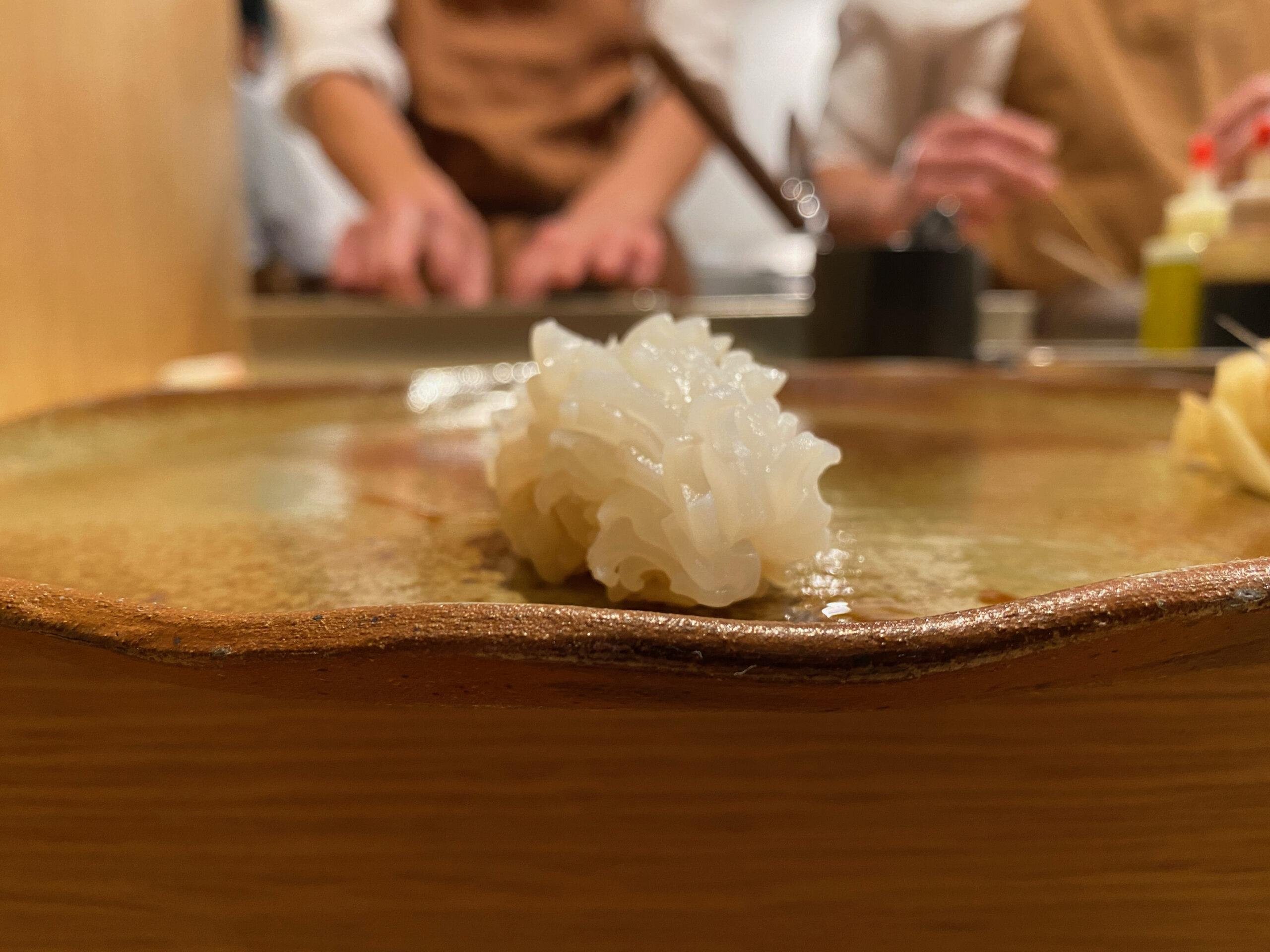
Another angle of the Ika
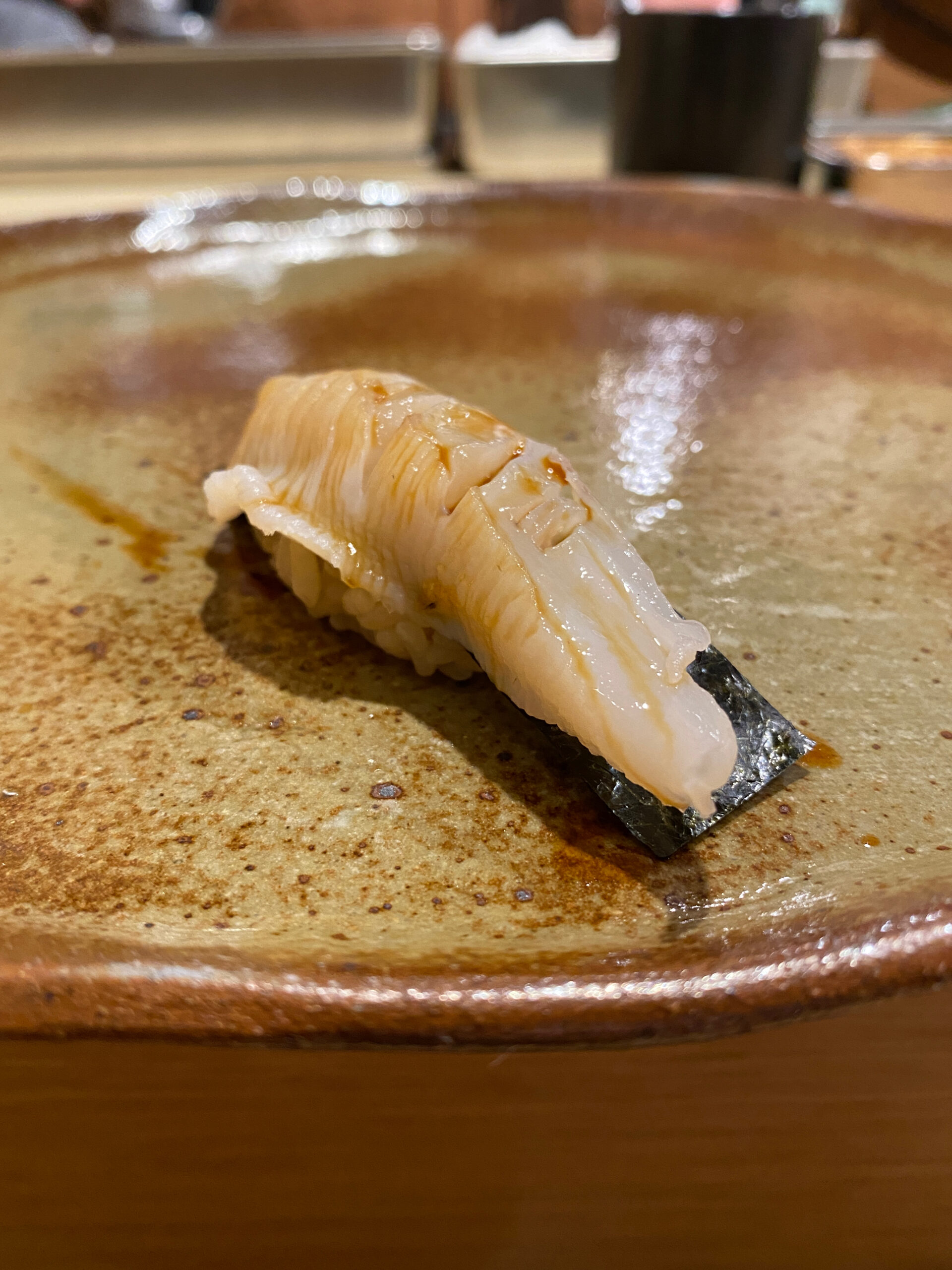
16: Mirugai

17: Kuruma Ebi
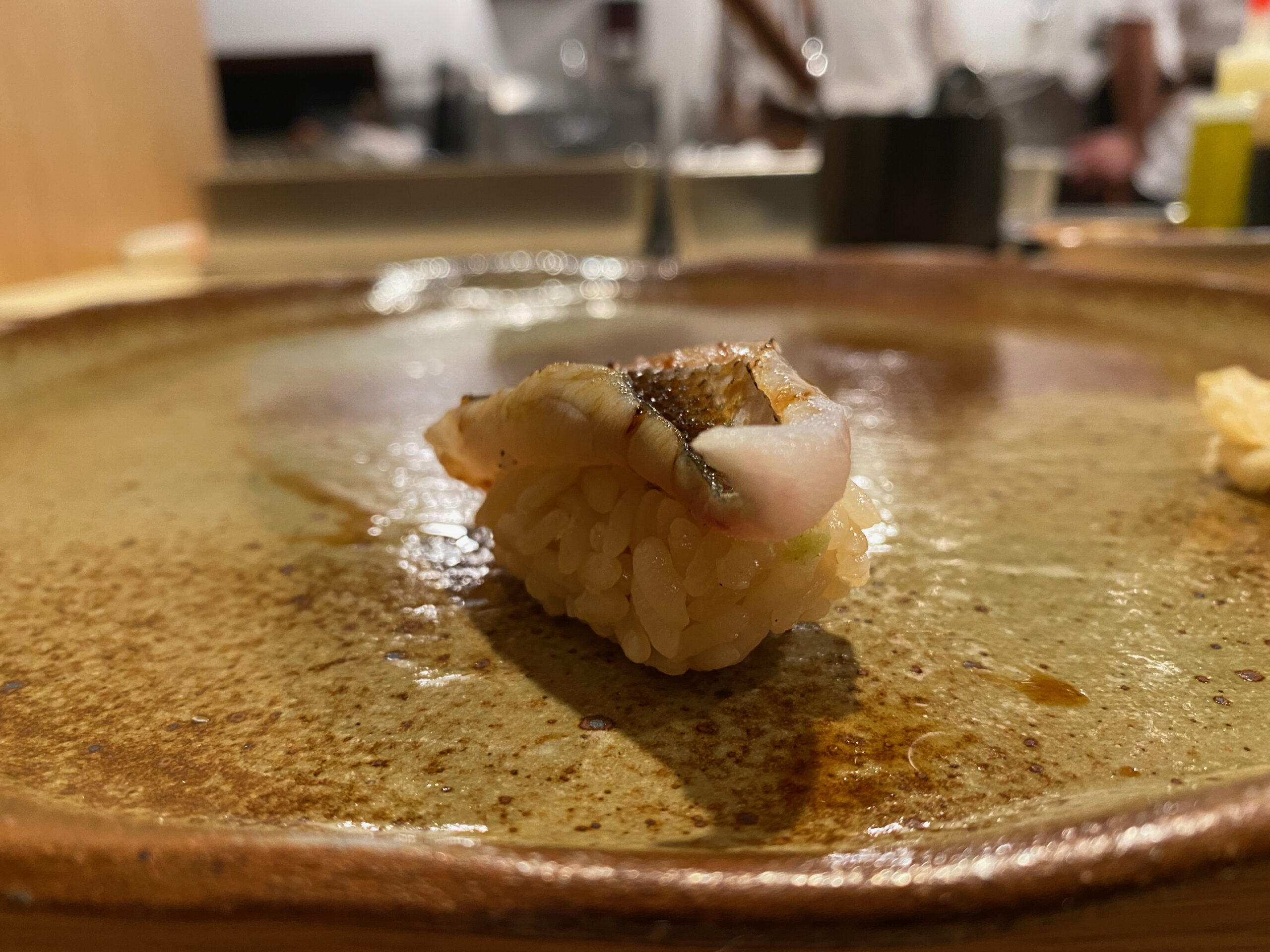
18: Kamasu

19: Kinmedai
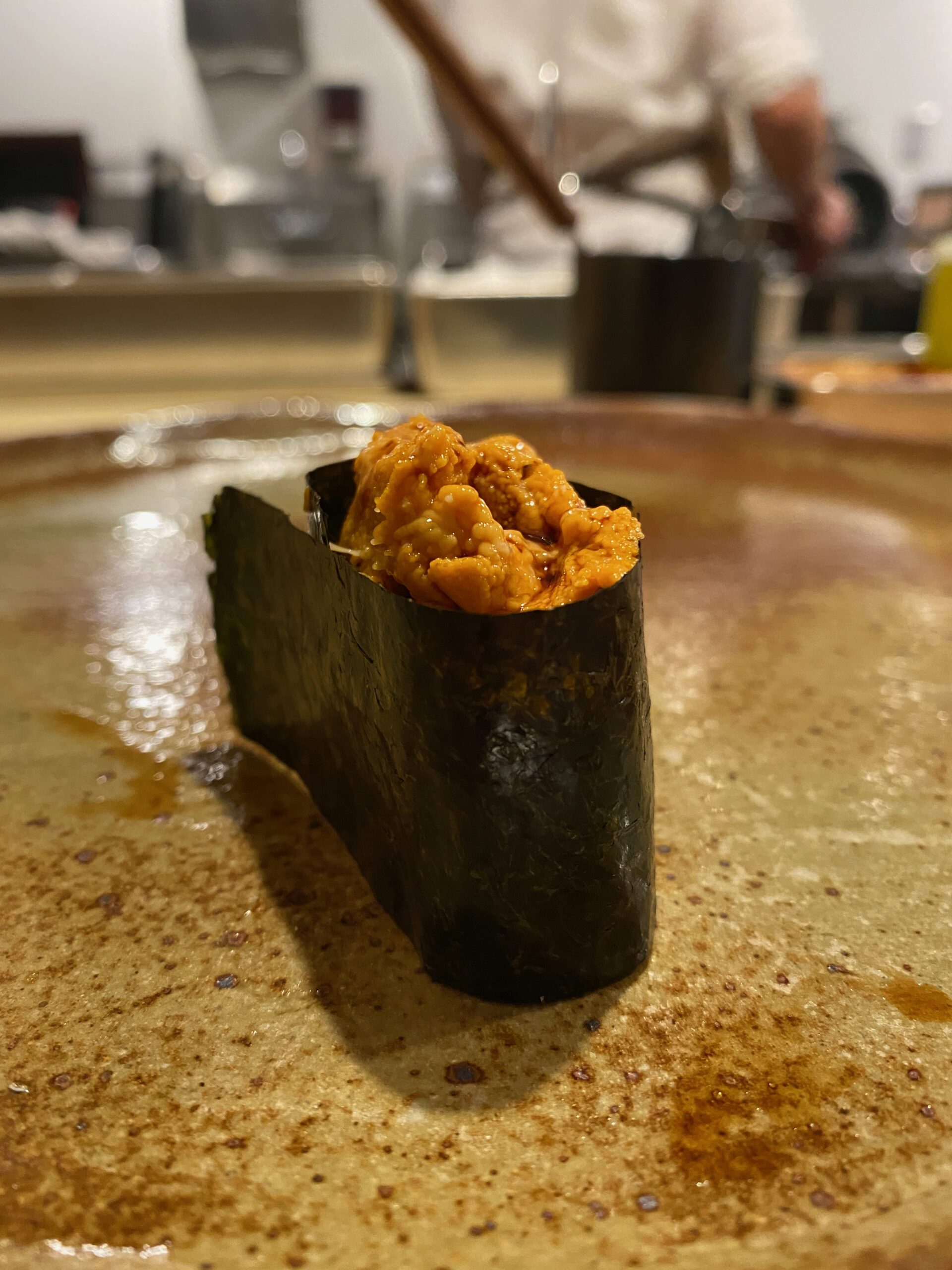
20: Uni from Santa Barbara
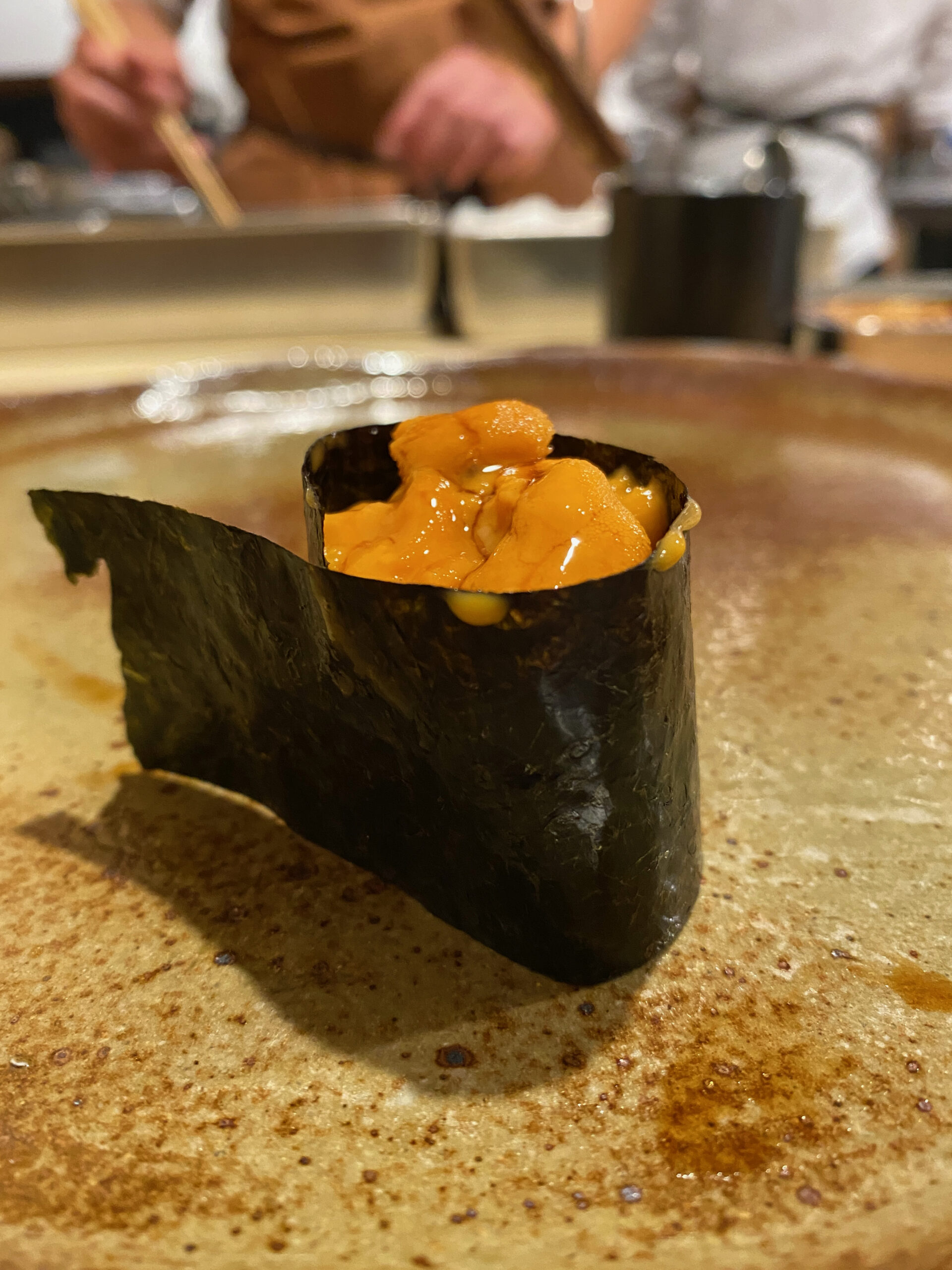
21: Uni from Hokkaido
The meal ends on a high note
One of my favourite aspects of a traditional edomae-style omakase is the kanpyomaki that is served towards the end of the meal. If you’re not familiar, Kanpyo is the byproduct of the white-flowered gourd which has been processed into strips, boiled, dried and served (the 2013 Sushi Handbook by Imada Yosuke has a great explanation).
If it’s served to you or available on menus for order, kanpyomaki is the true mark of a strong sushiya.
At Morihiro, the kanpyomaki is cut into four, delightfully soft-but-still-crunchy bites for consumption, a fantastic change of pace from the stronger flavors of the sushi.
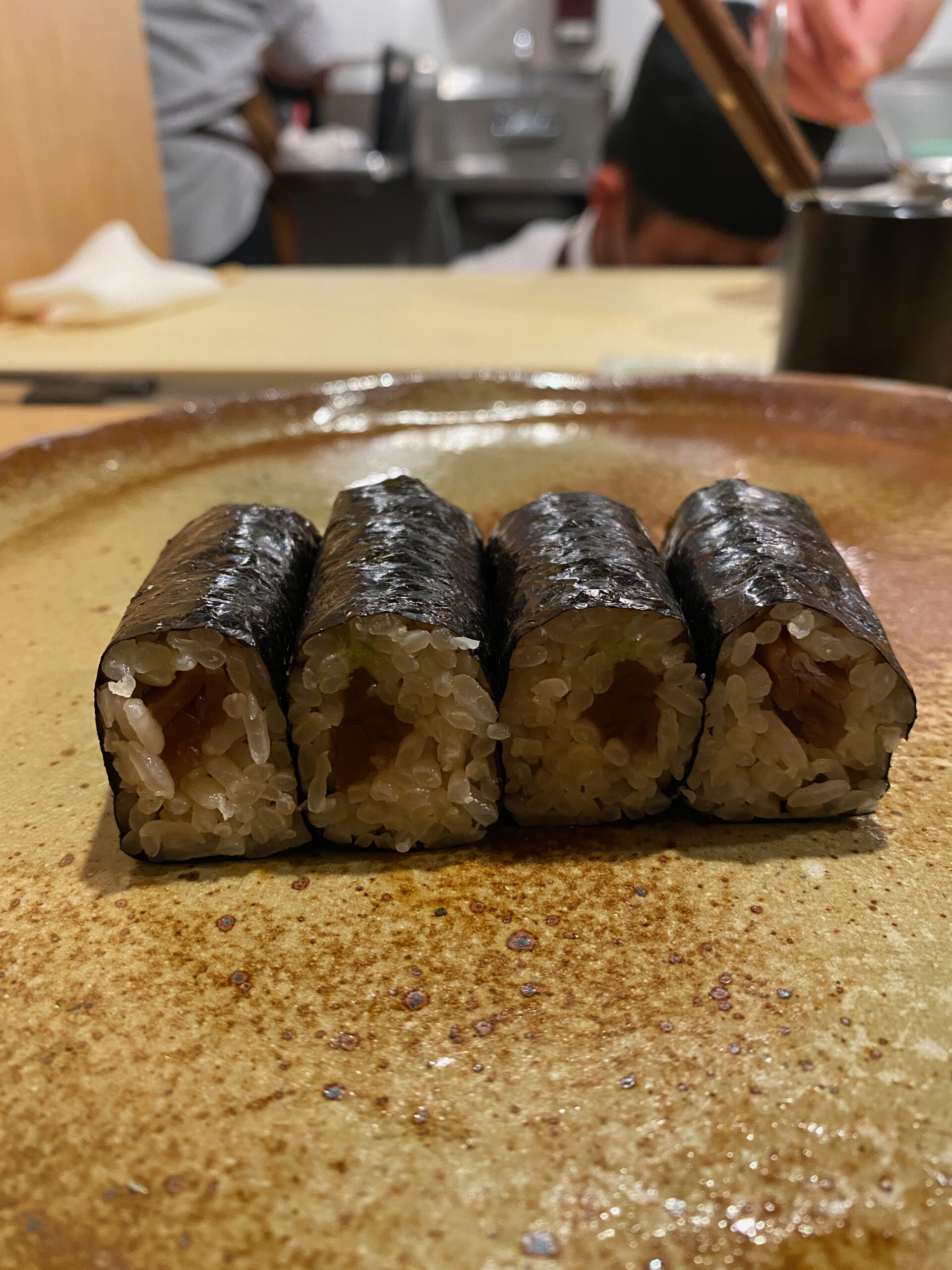
22: Kanpyo Maki
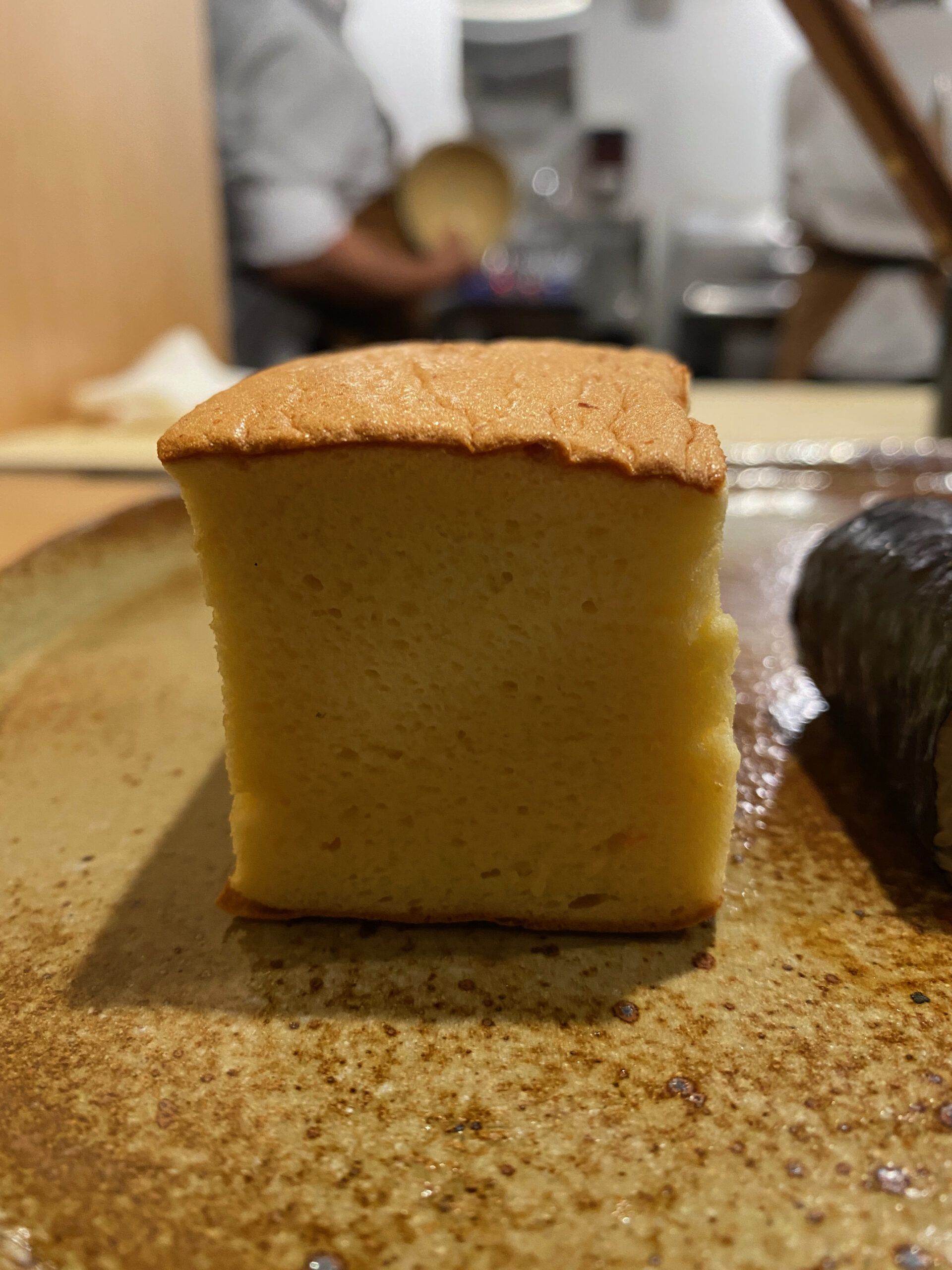
23: Tamago
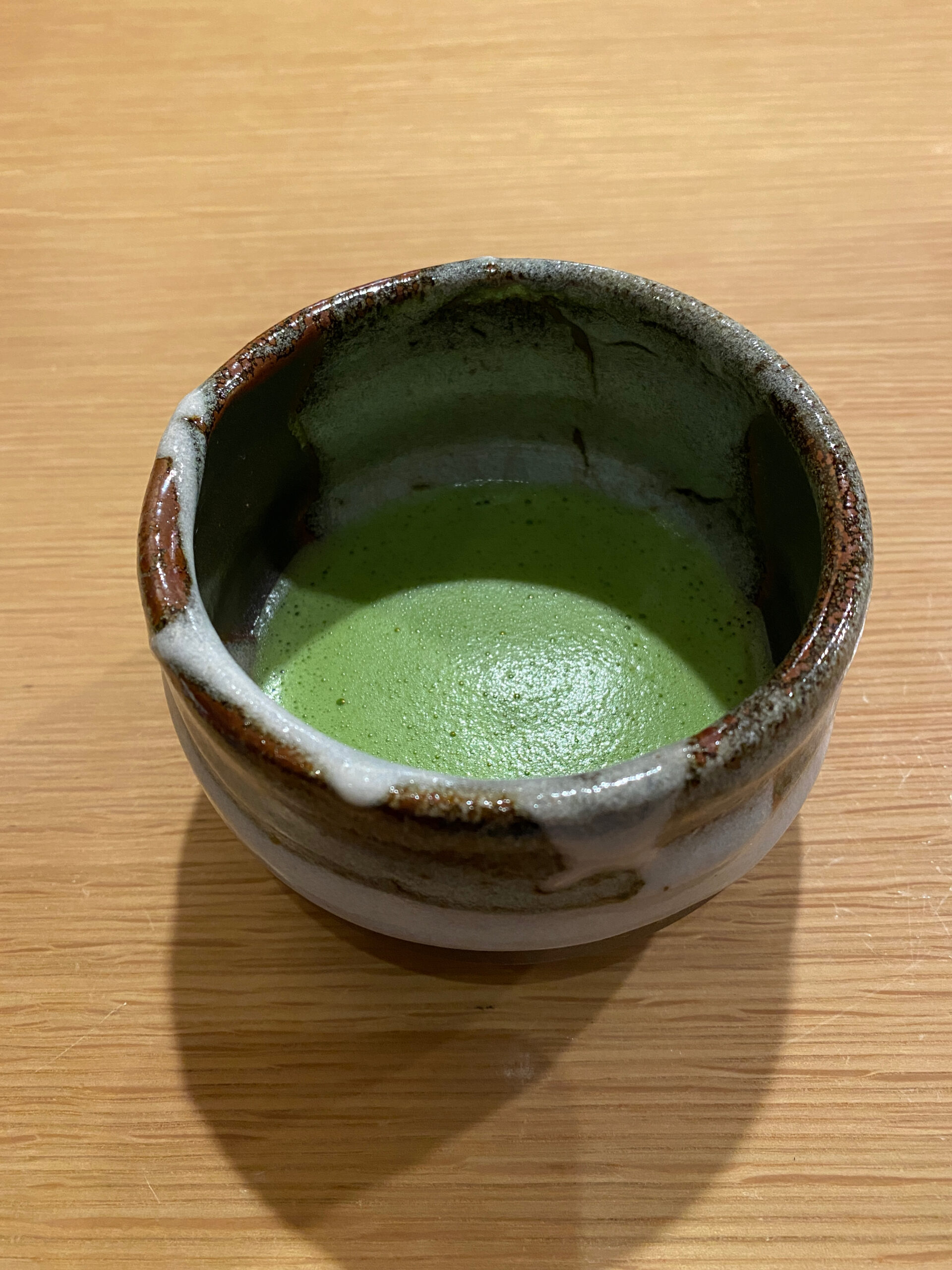
24: Matcha
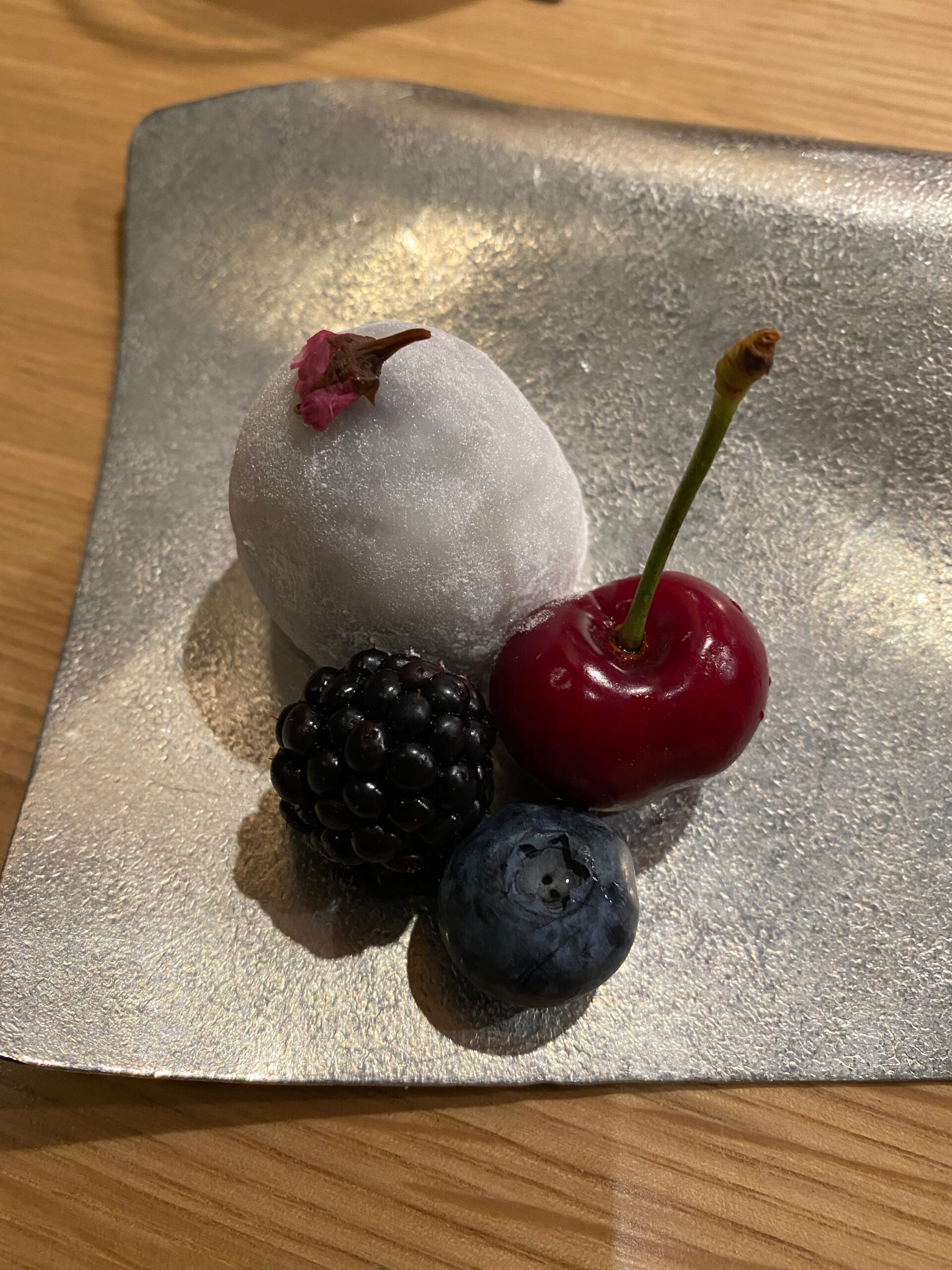
25: Harry’s Berries Strawberry Ichigo Daifuku

26: Yuzu & Pear Granita with Sakekasu Ice Cream (made with leftover rice from sake)
The Verdict
Throughout the entirety of the 2.5 hour meal, it became apparent that extraordinary thought and experience has gone into crafting the 26-course Omakase. Mori-san understands his clientele, a mix of foodies looking for something special and longtime devotees looking for the hits.
At $400++, serving the needs of both sets of customers is a fair but daunting expectation. Fortunately, at 26 courses, there’s room enough for both the classics (hello Shoyu Tofu) and the fan favourites (hello Uni flight).
And if the fact that I’m still thinking about that Hirame a month later is any indication, I enjoyed even the courses that fly under the radar.
Recommended.
